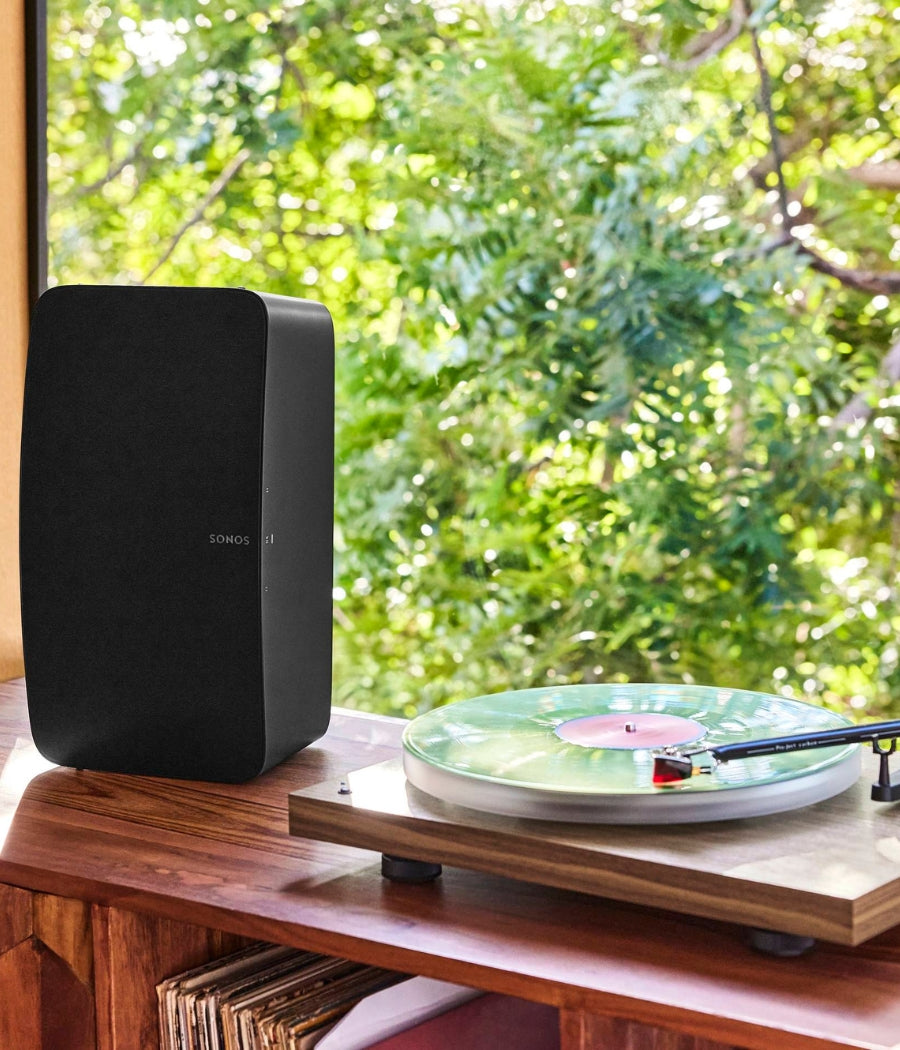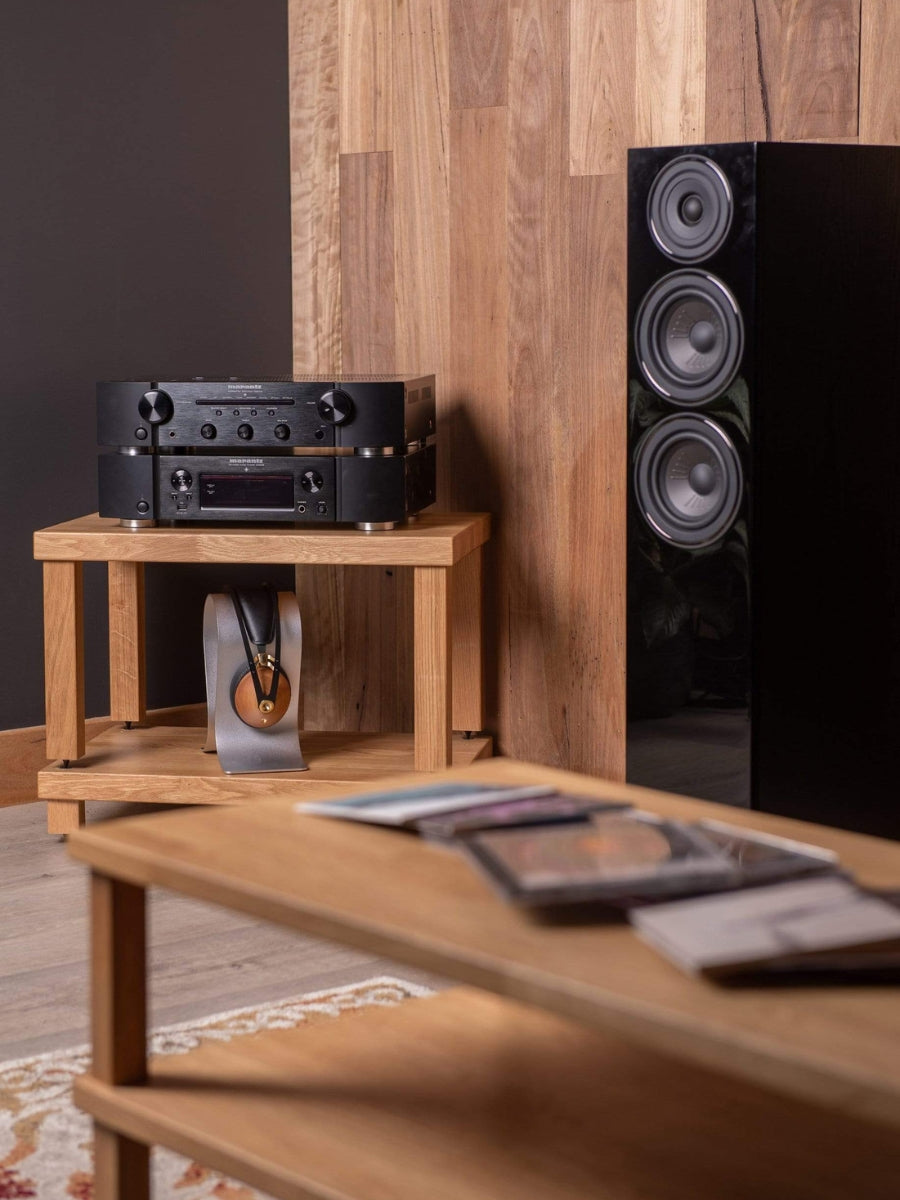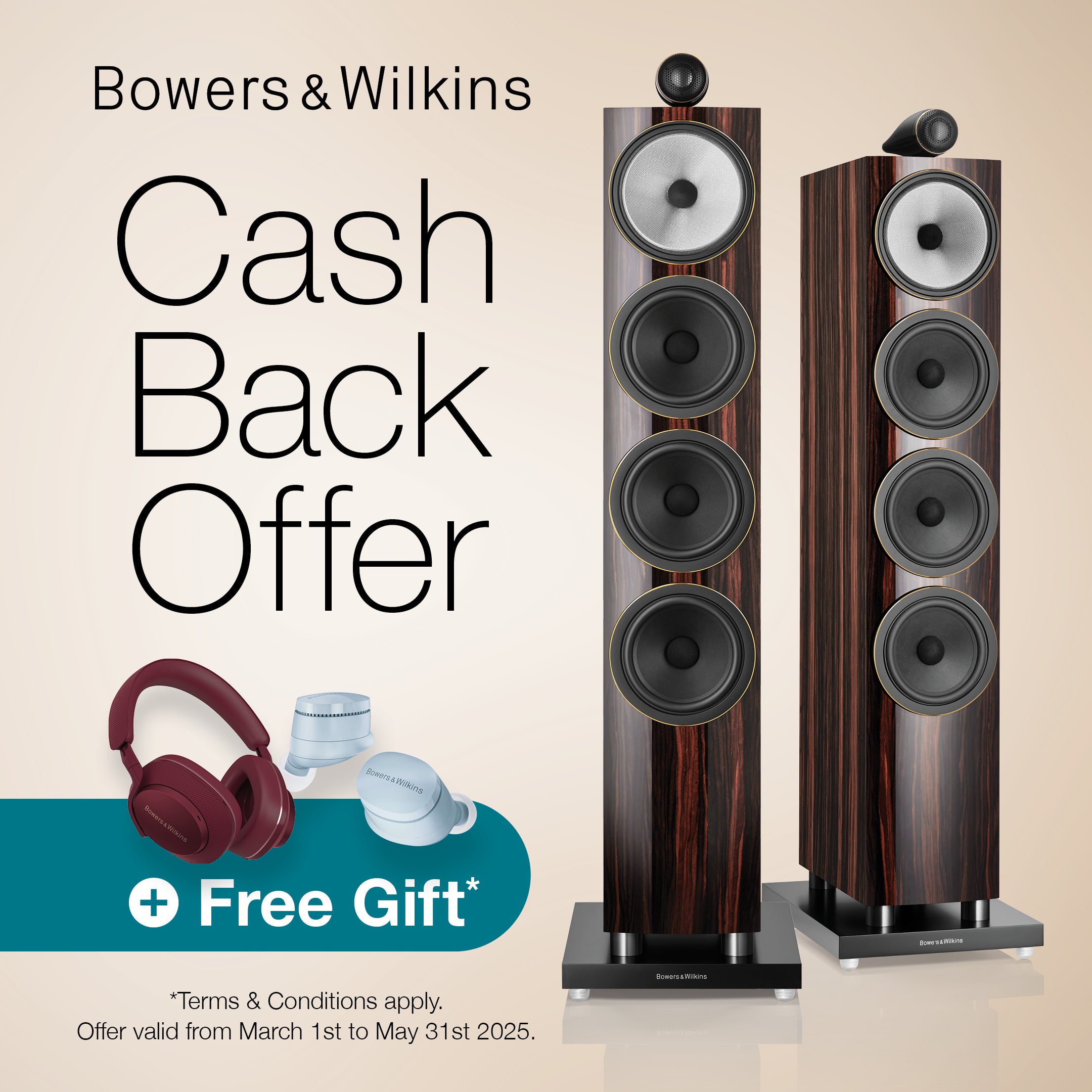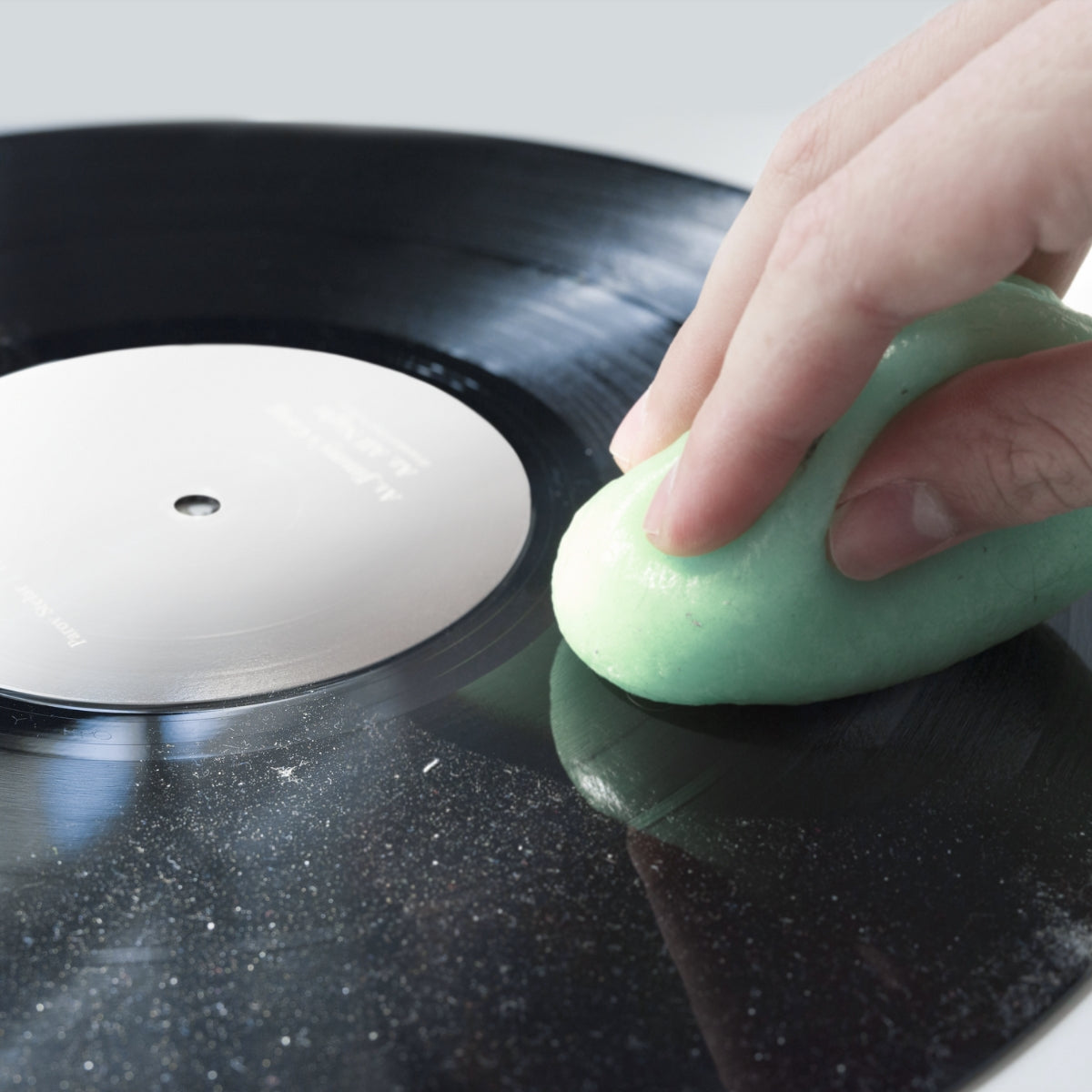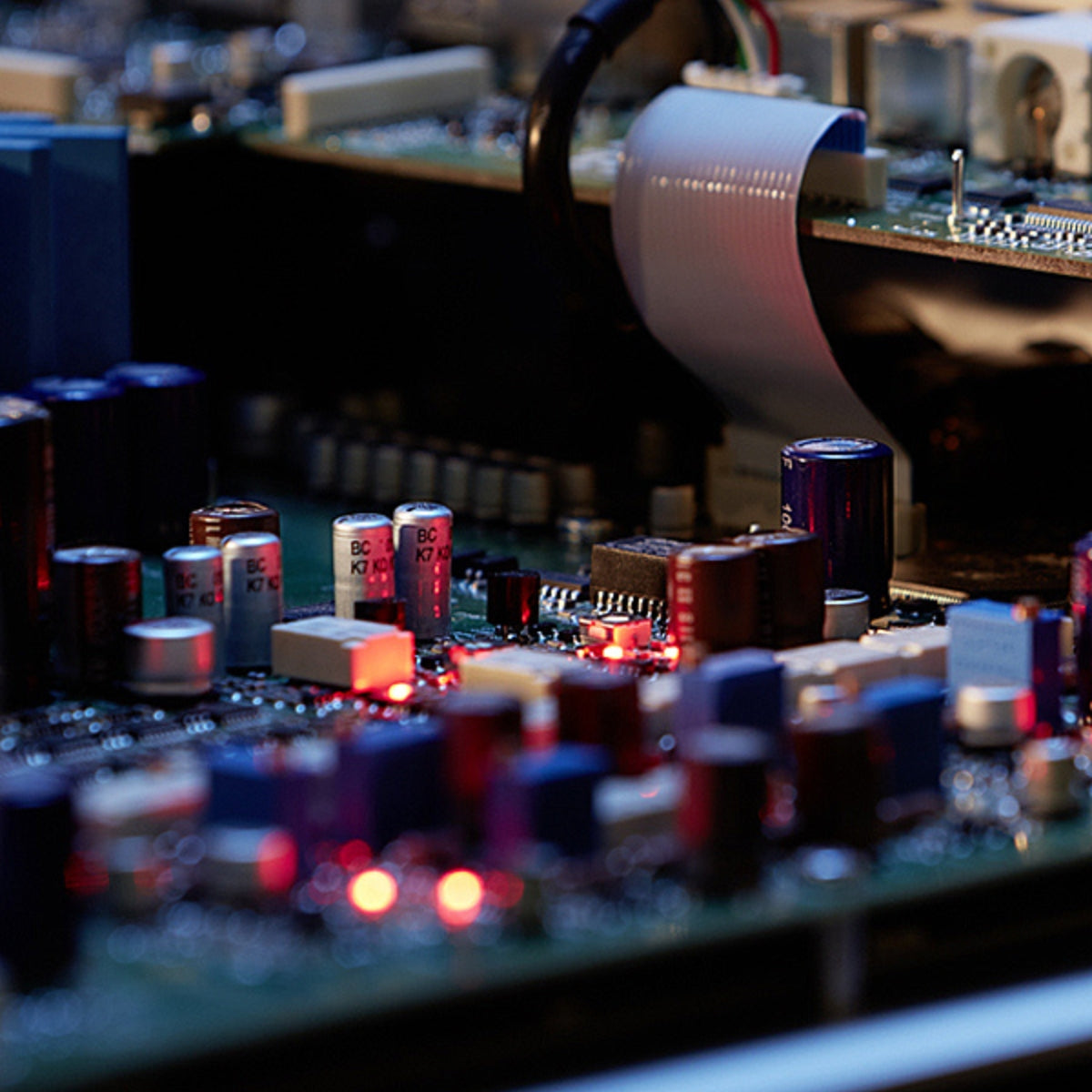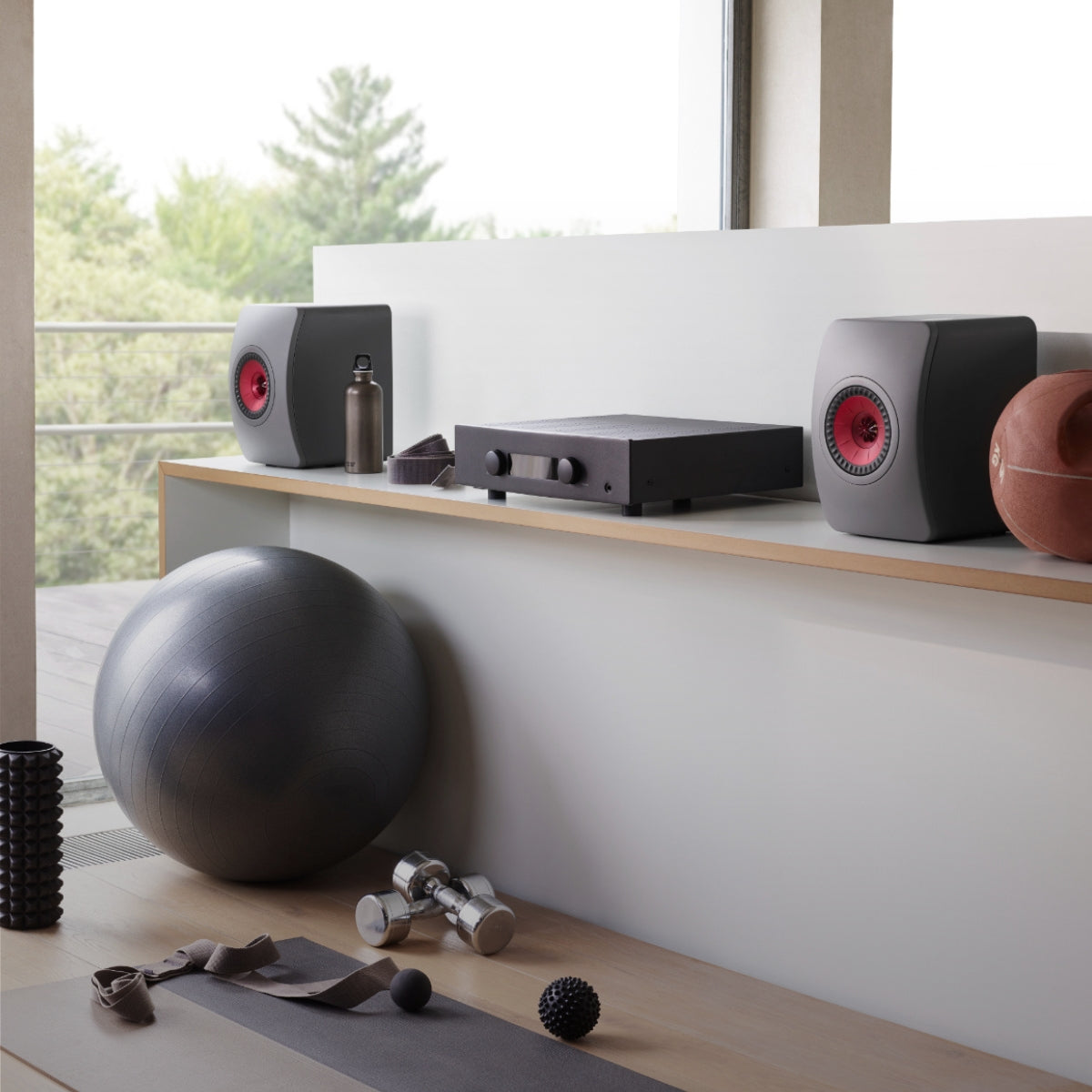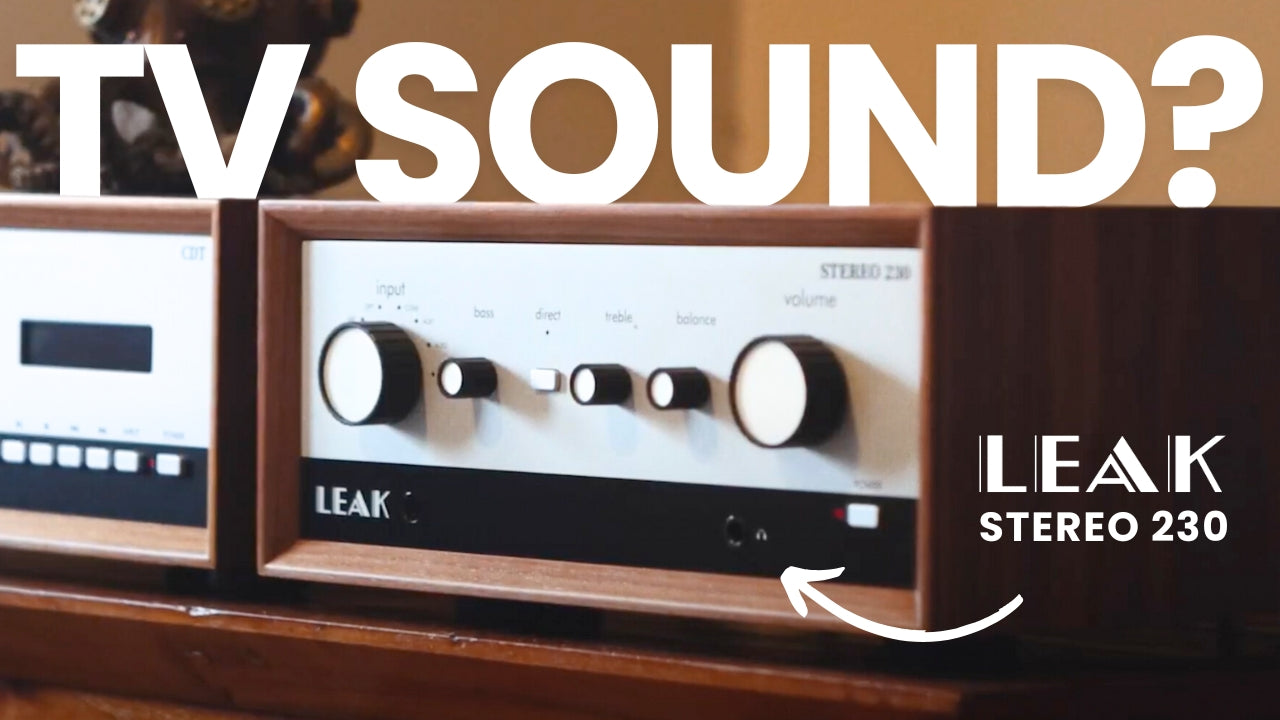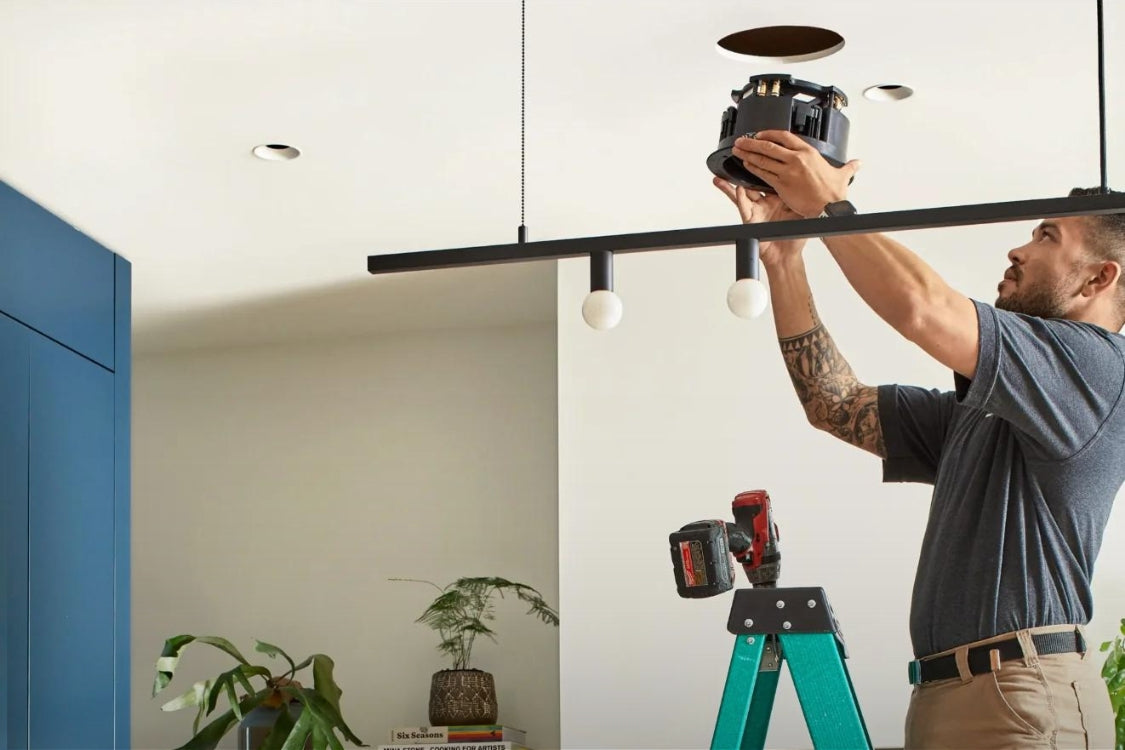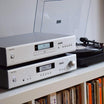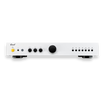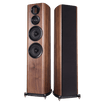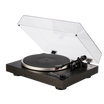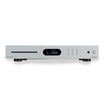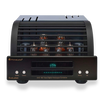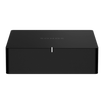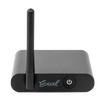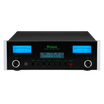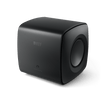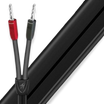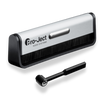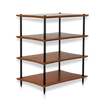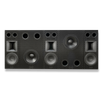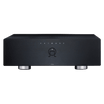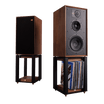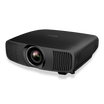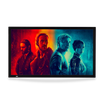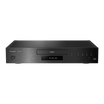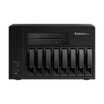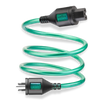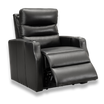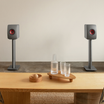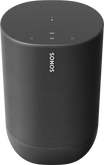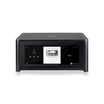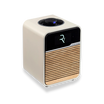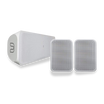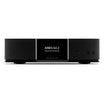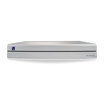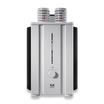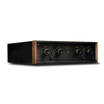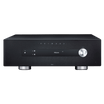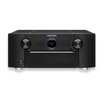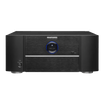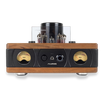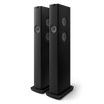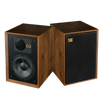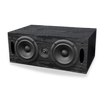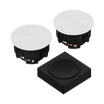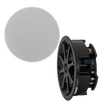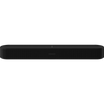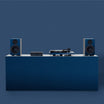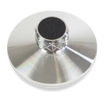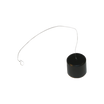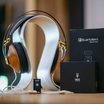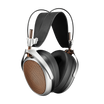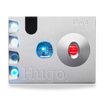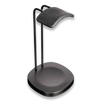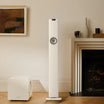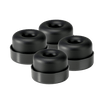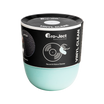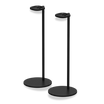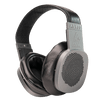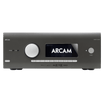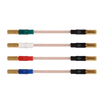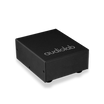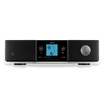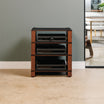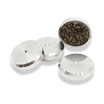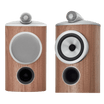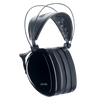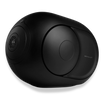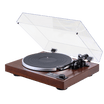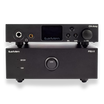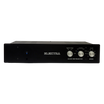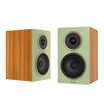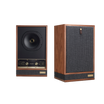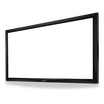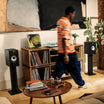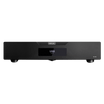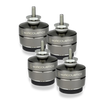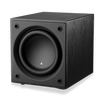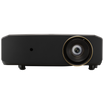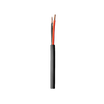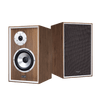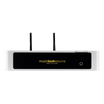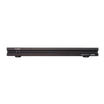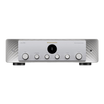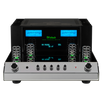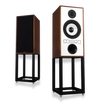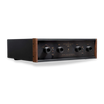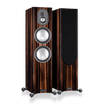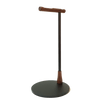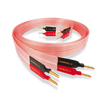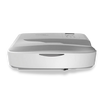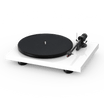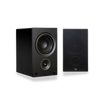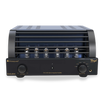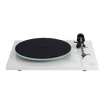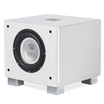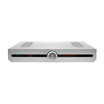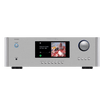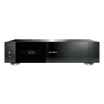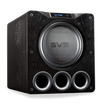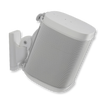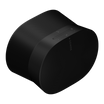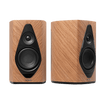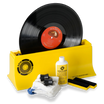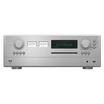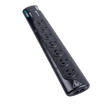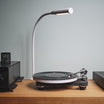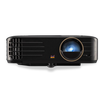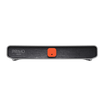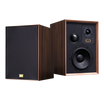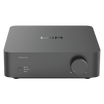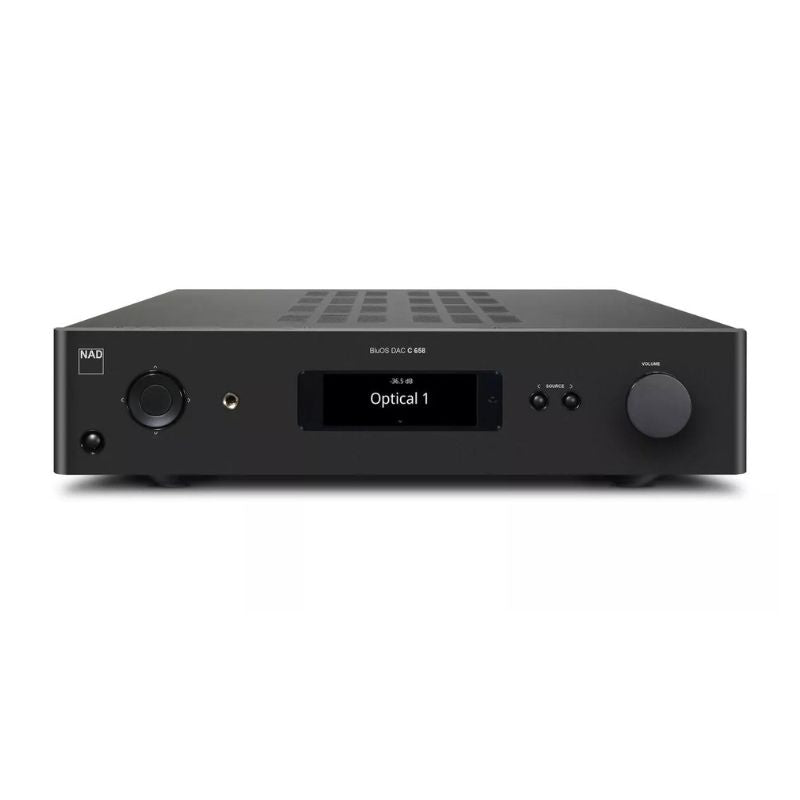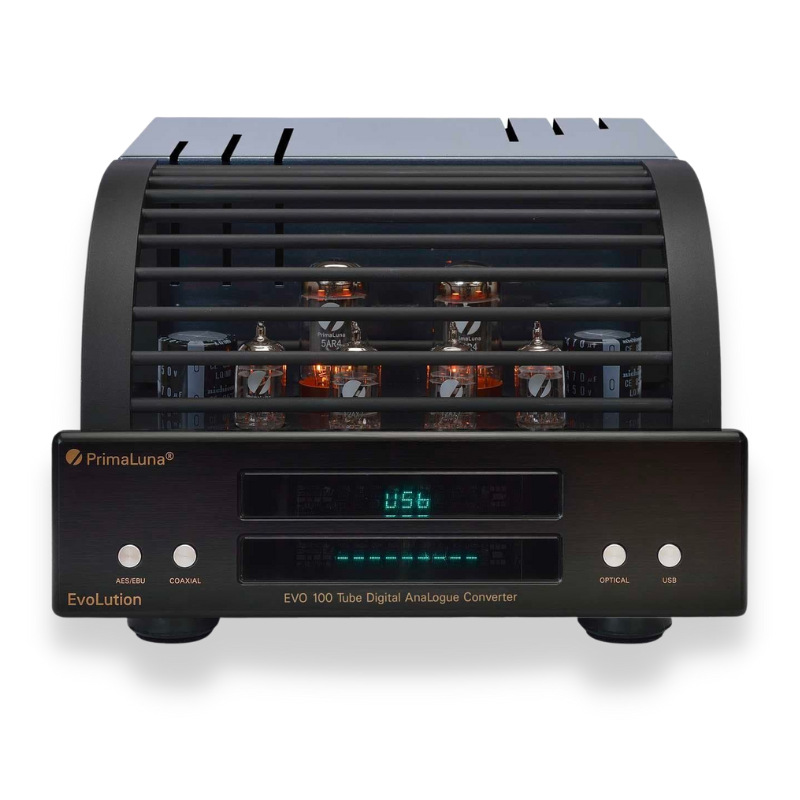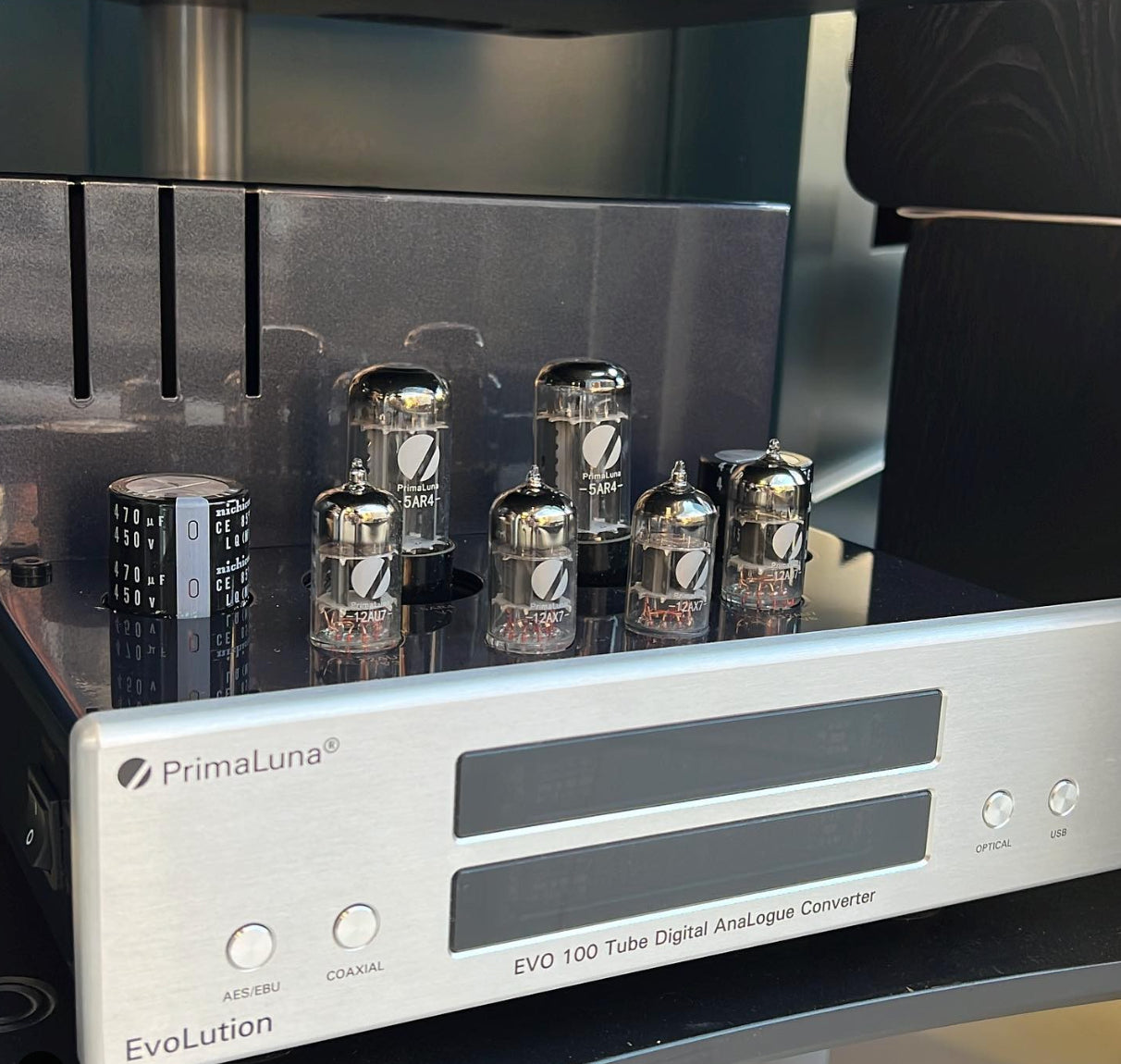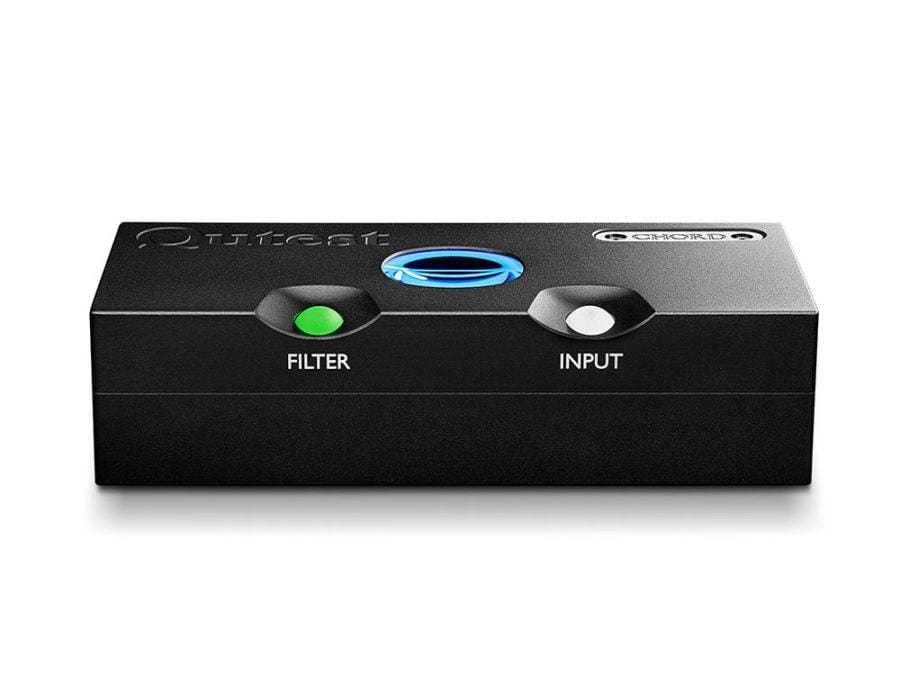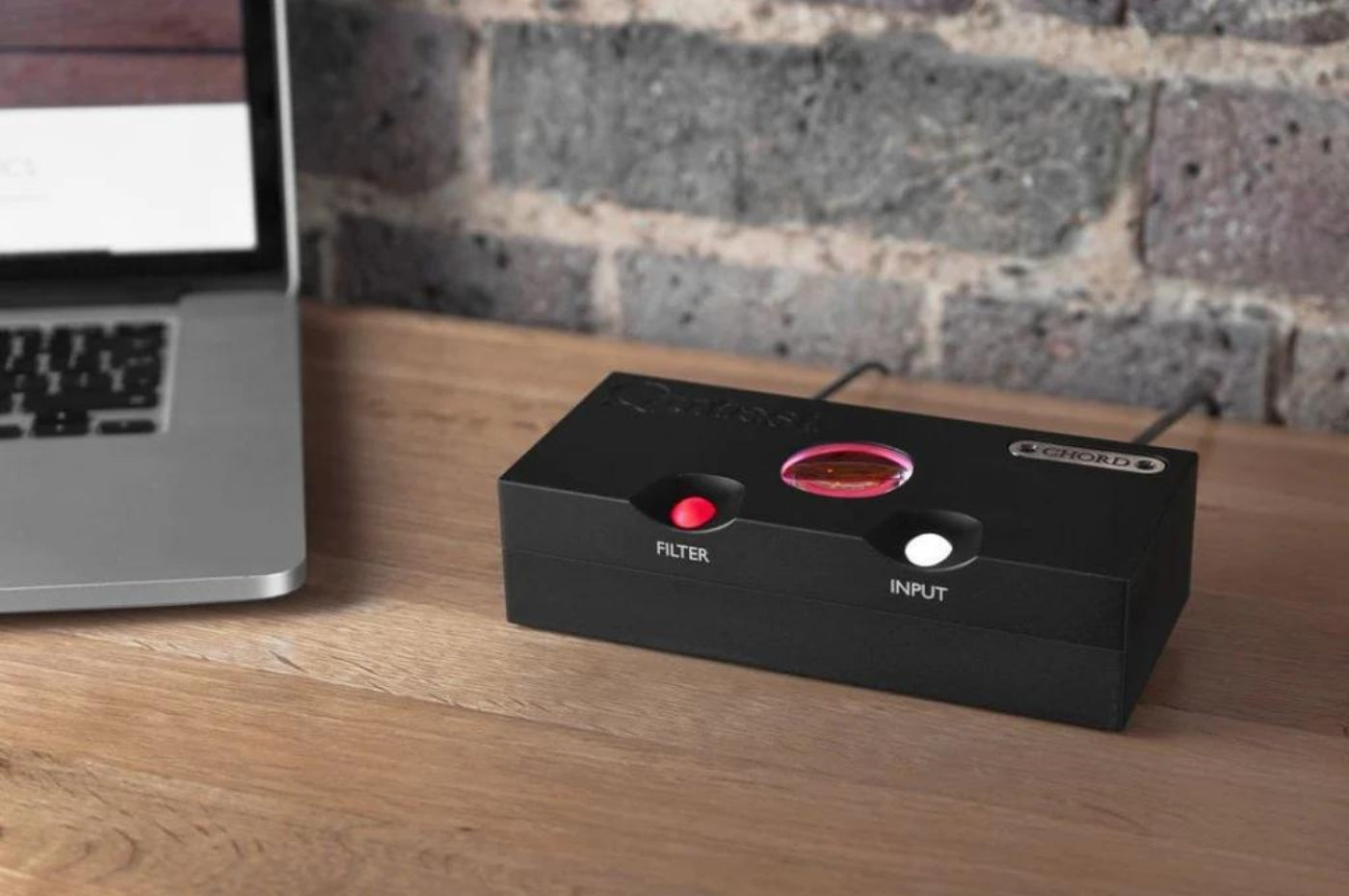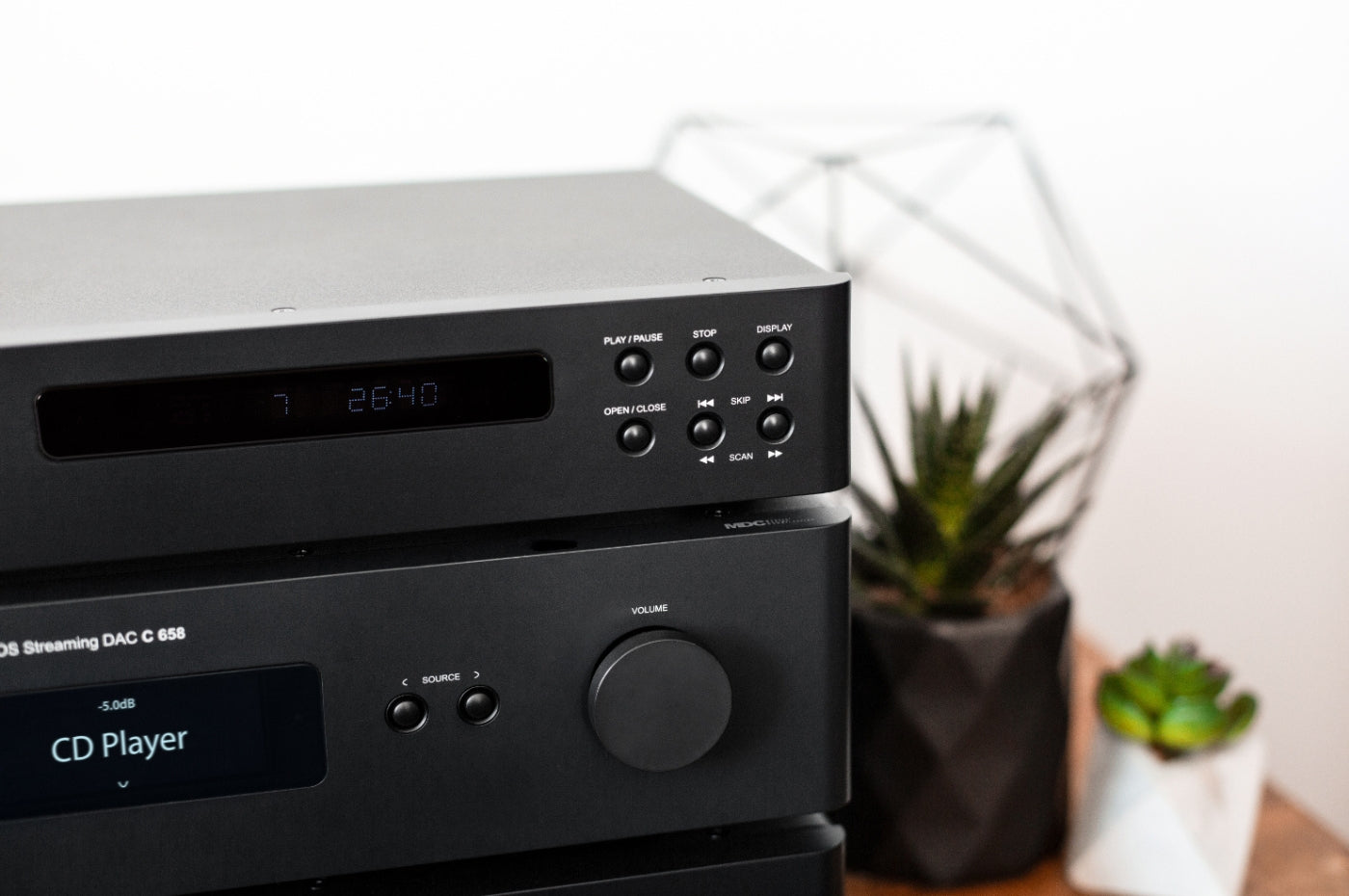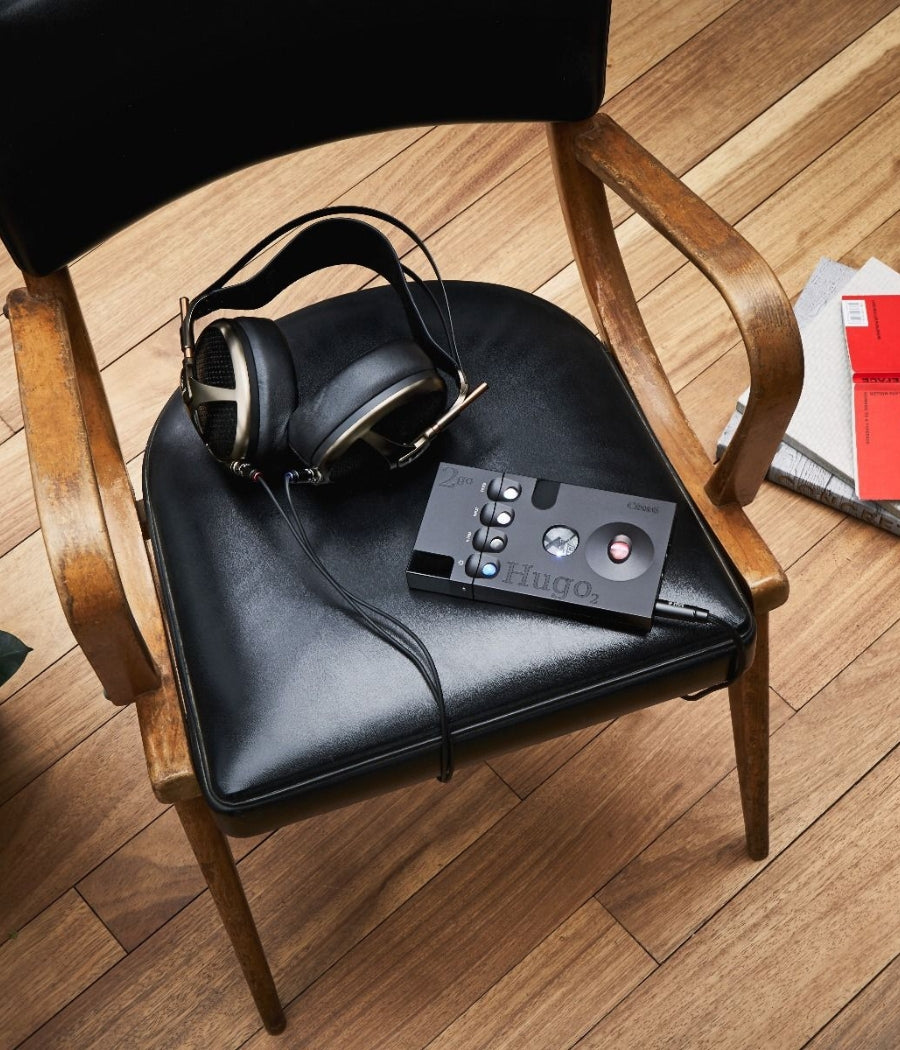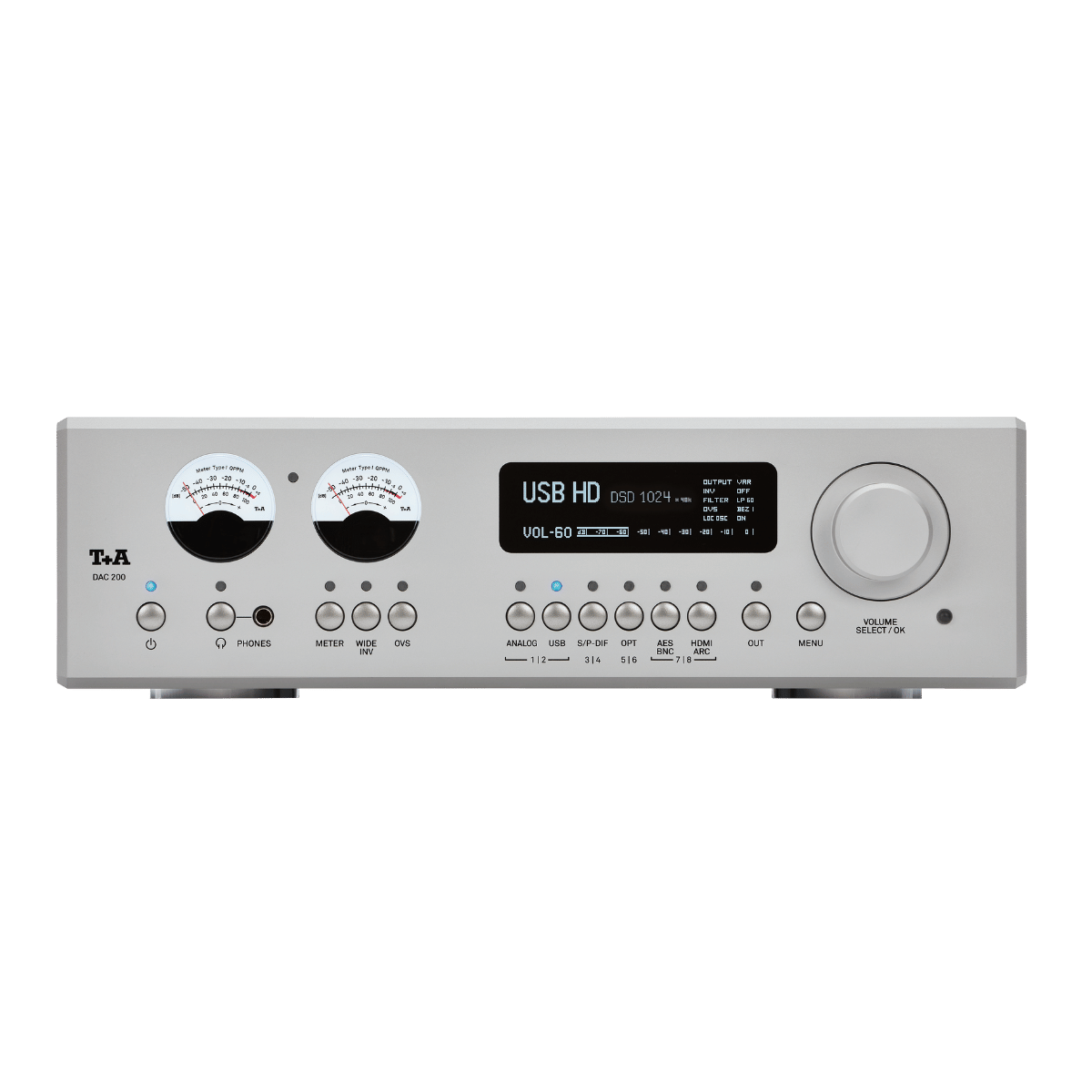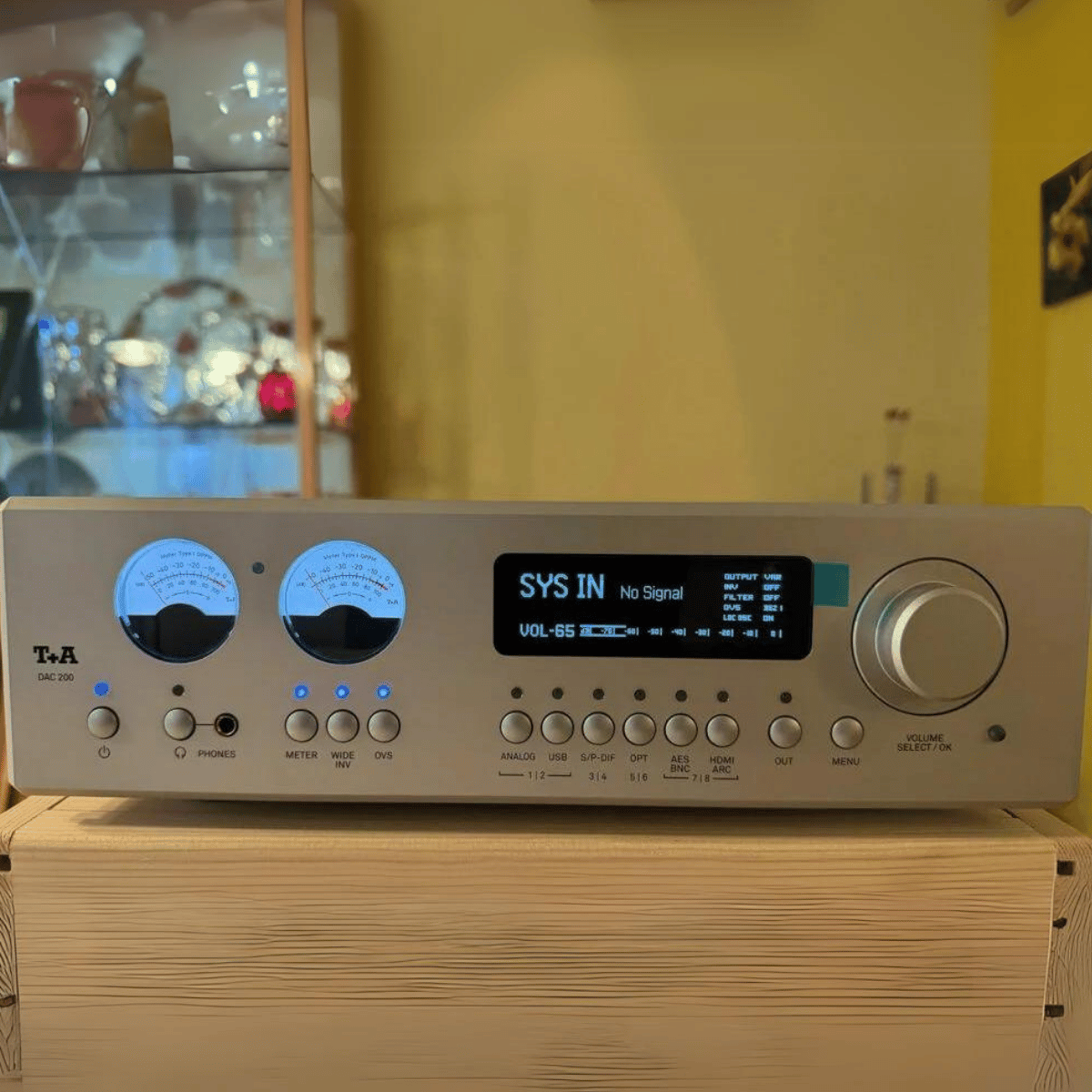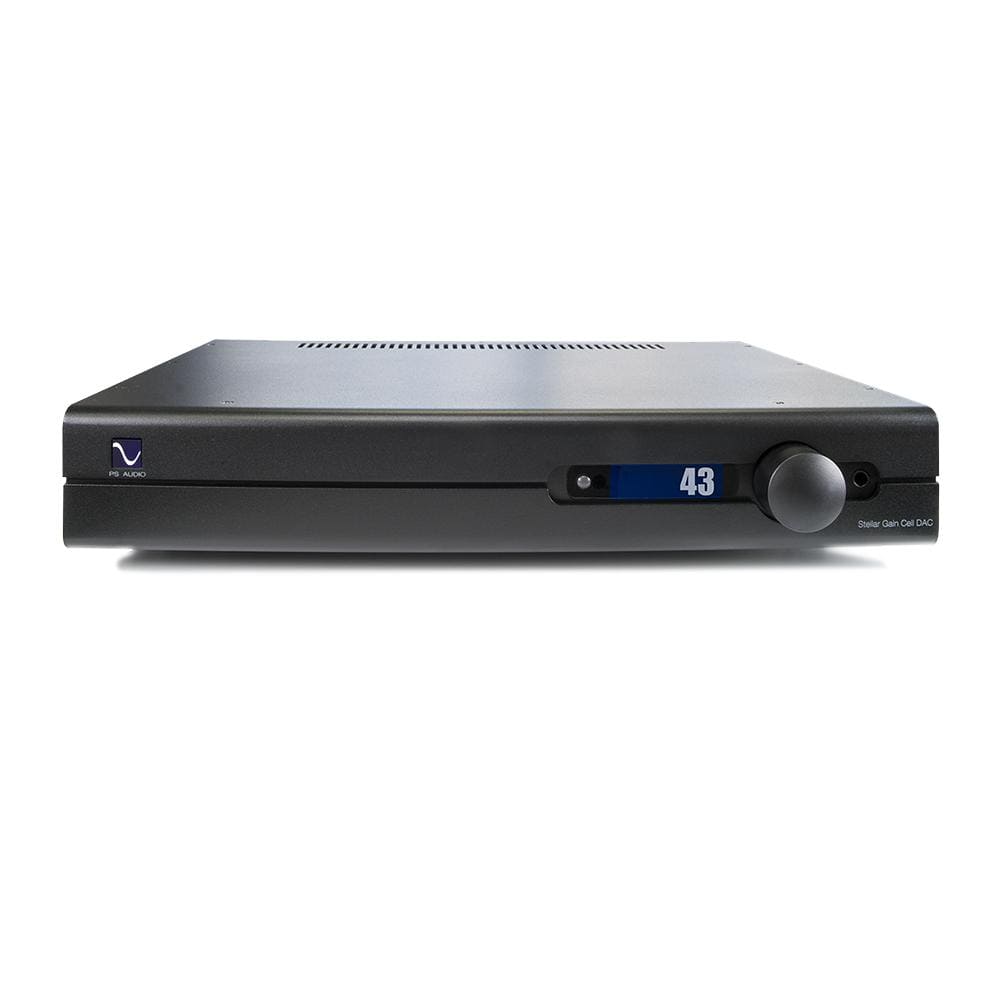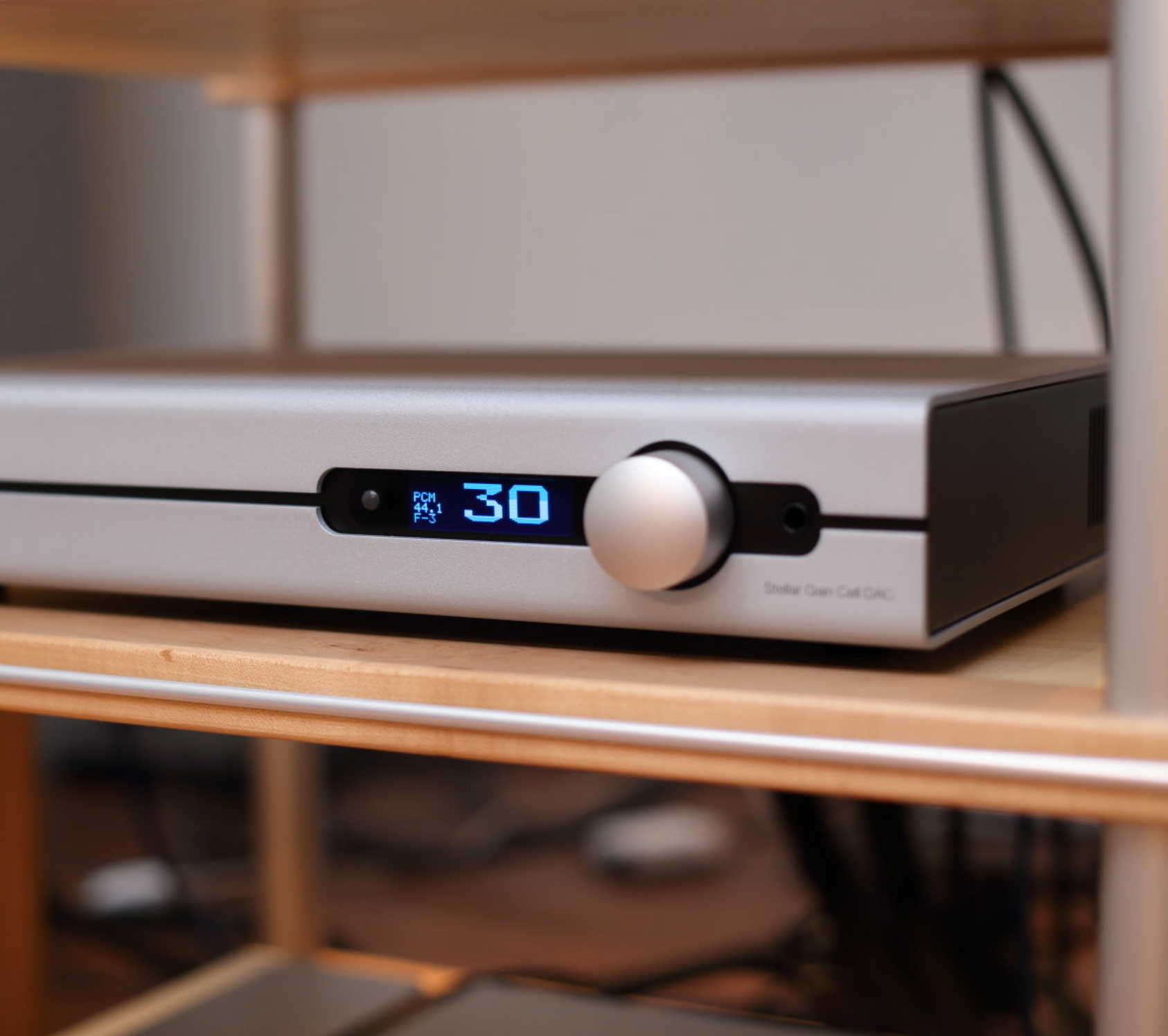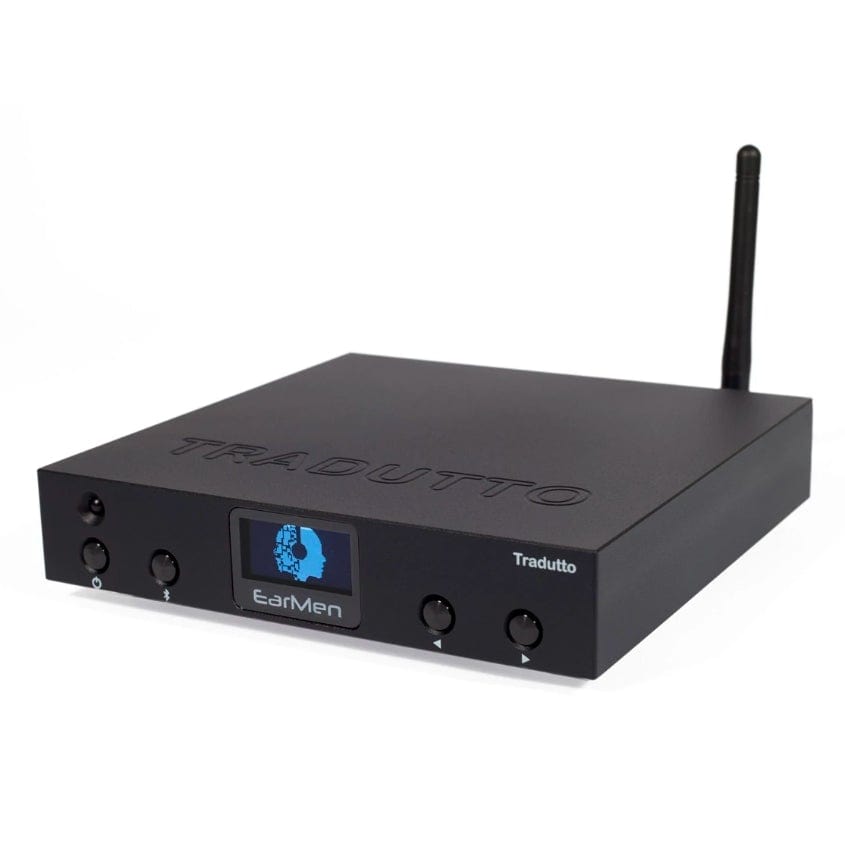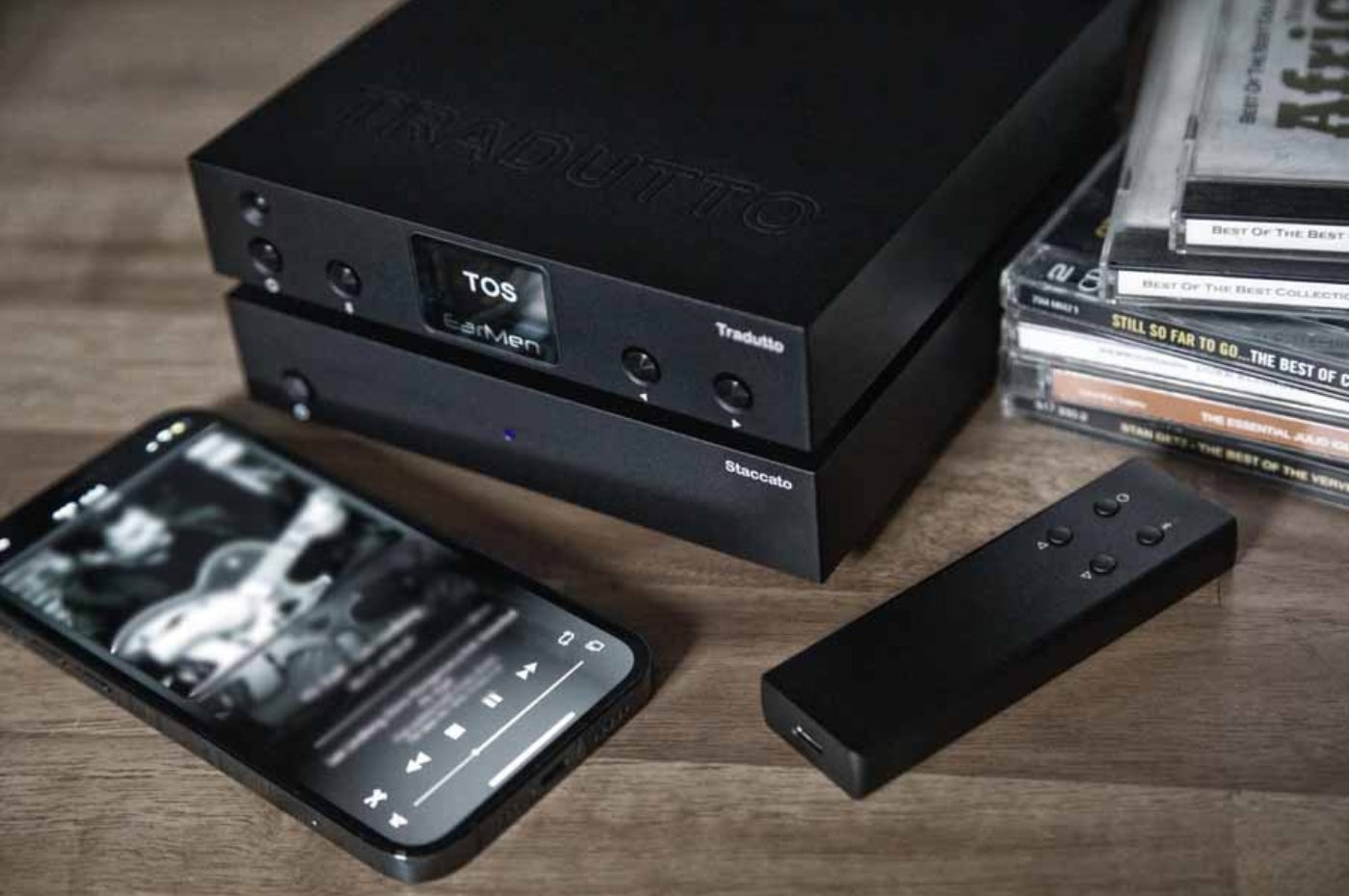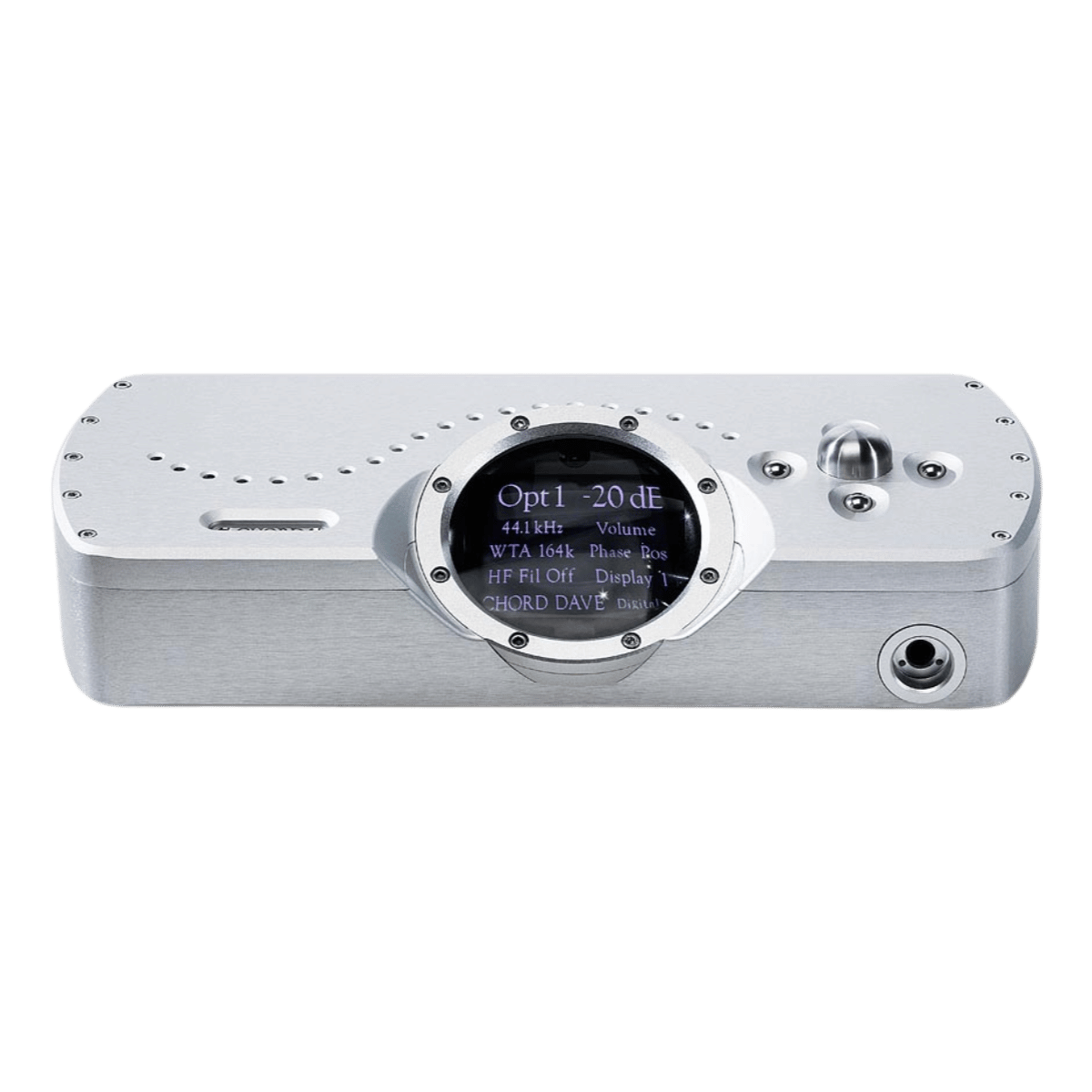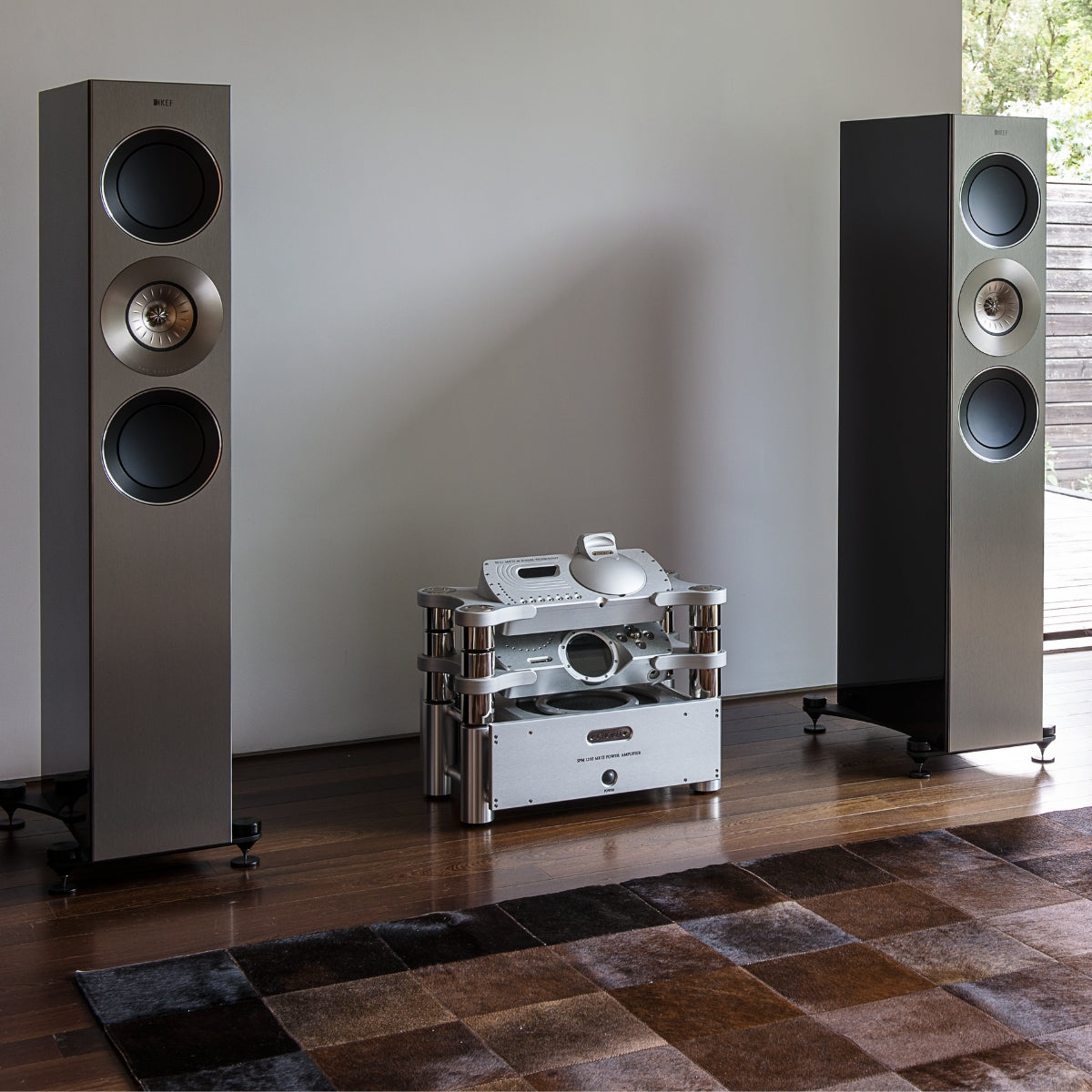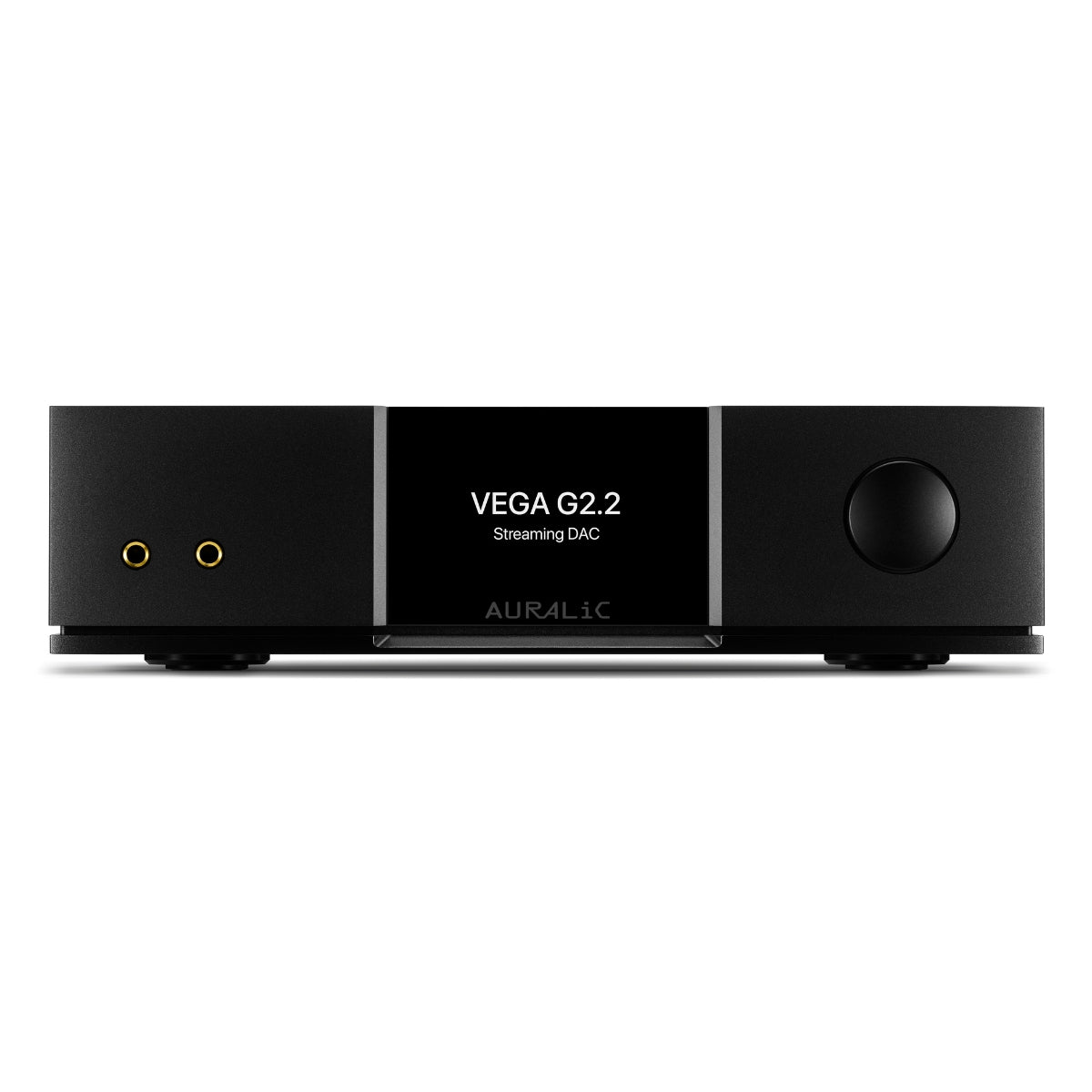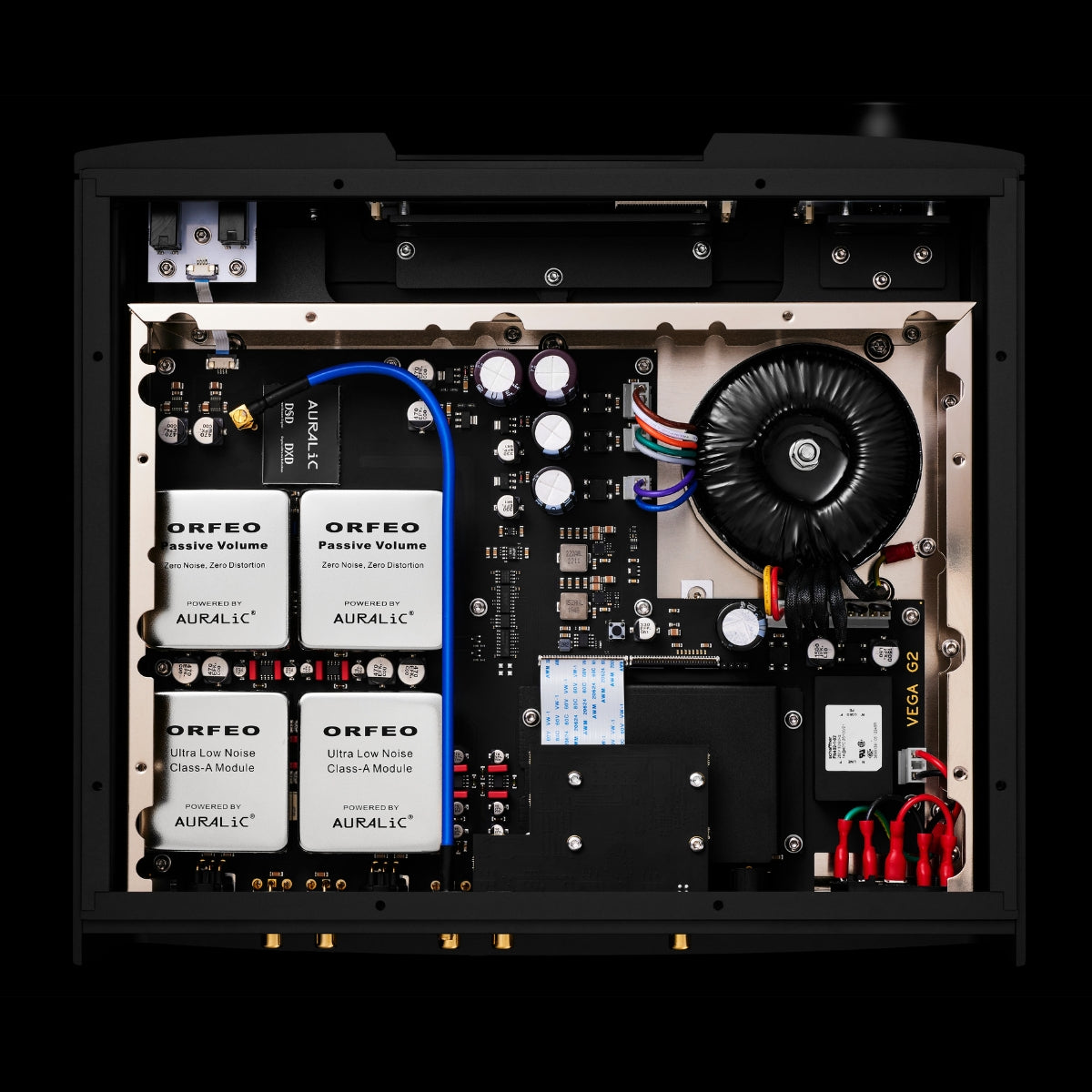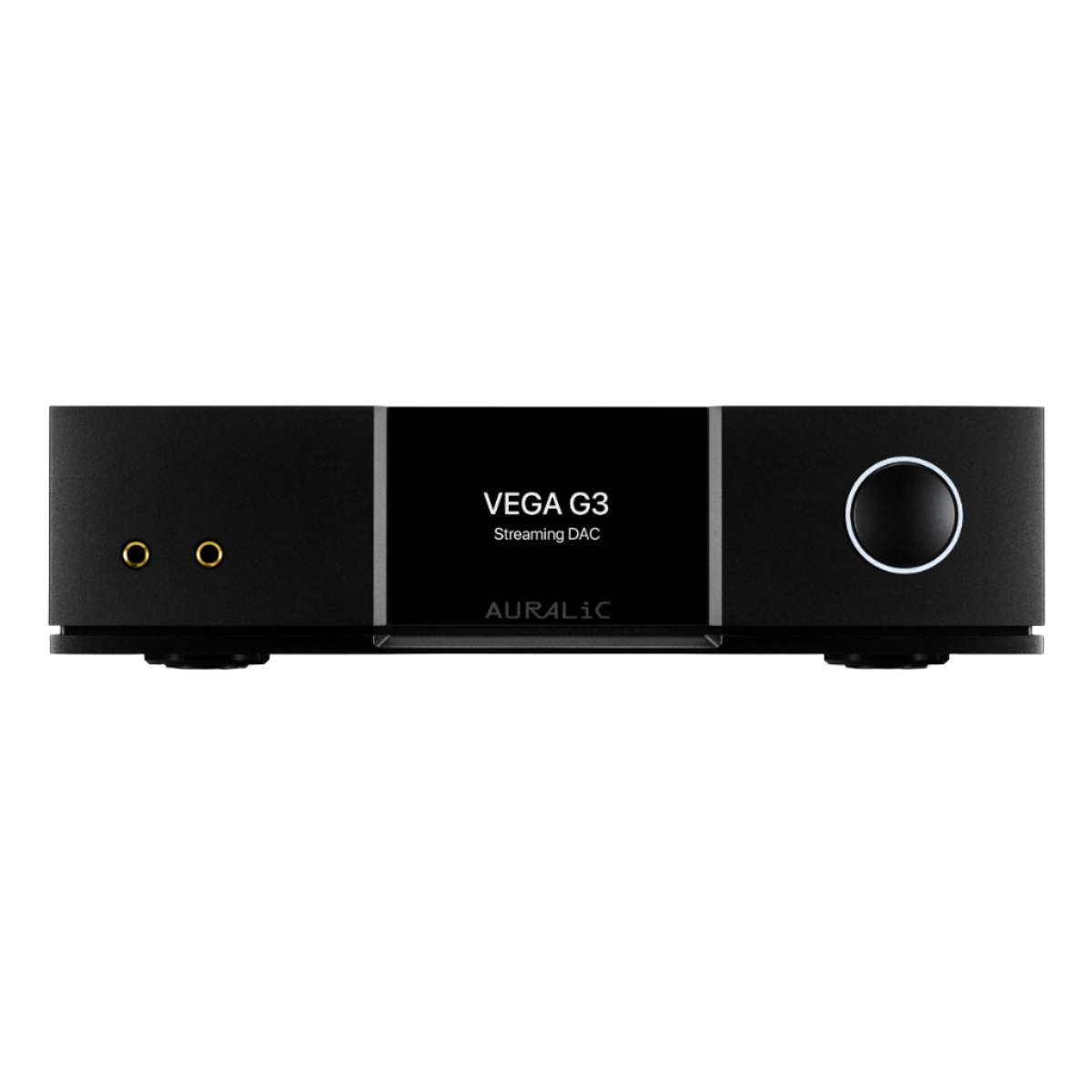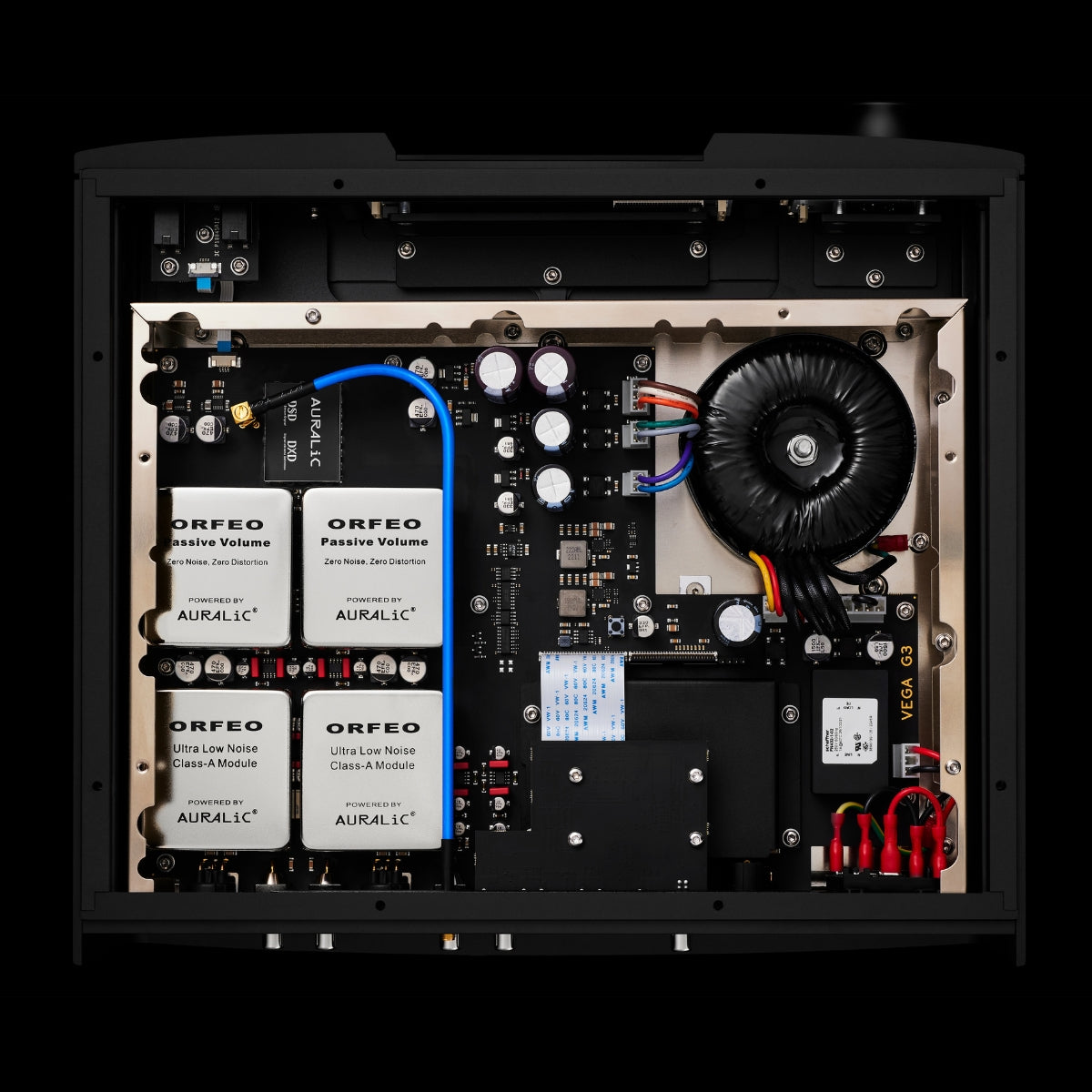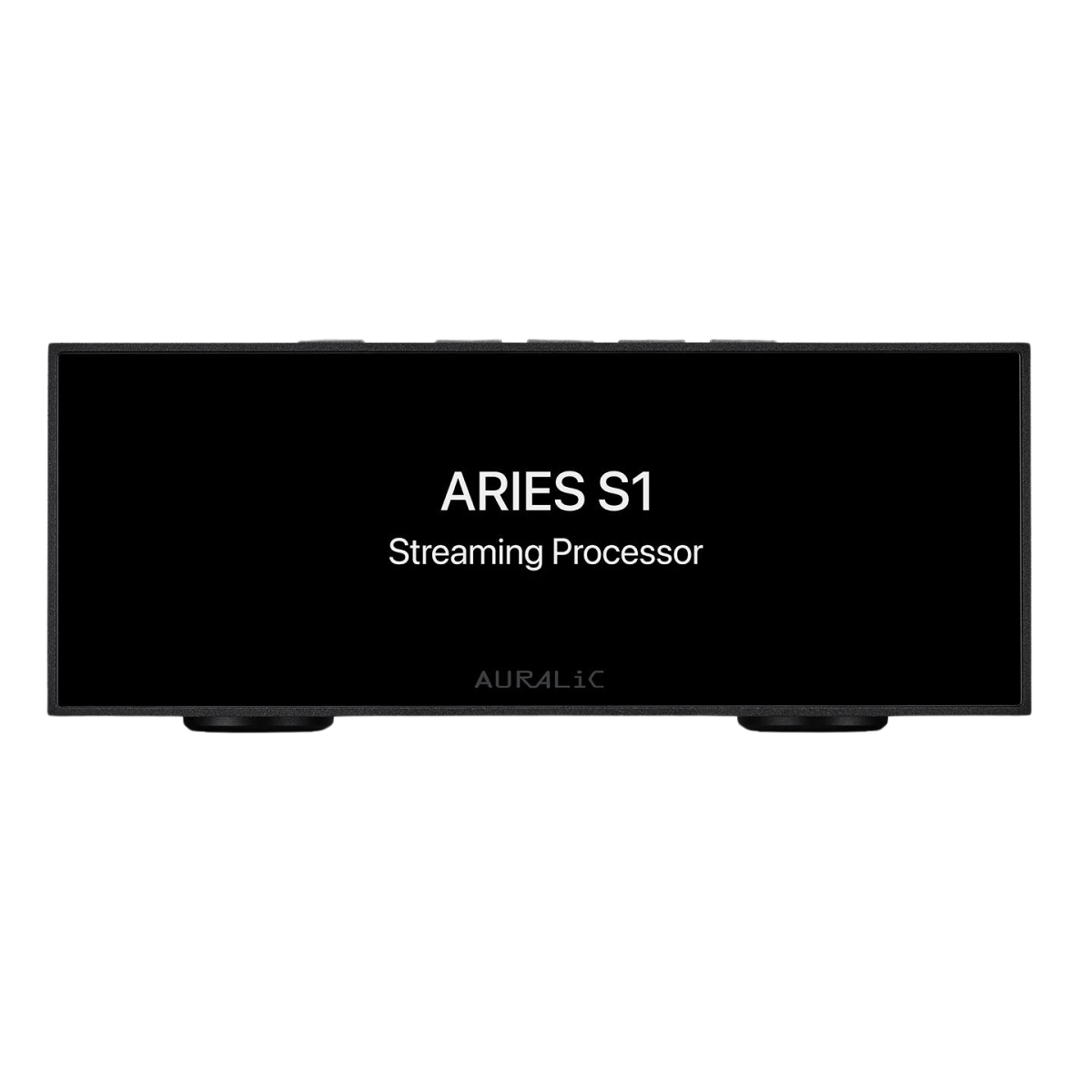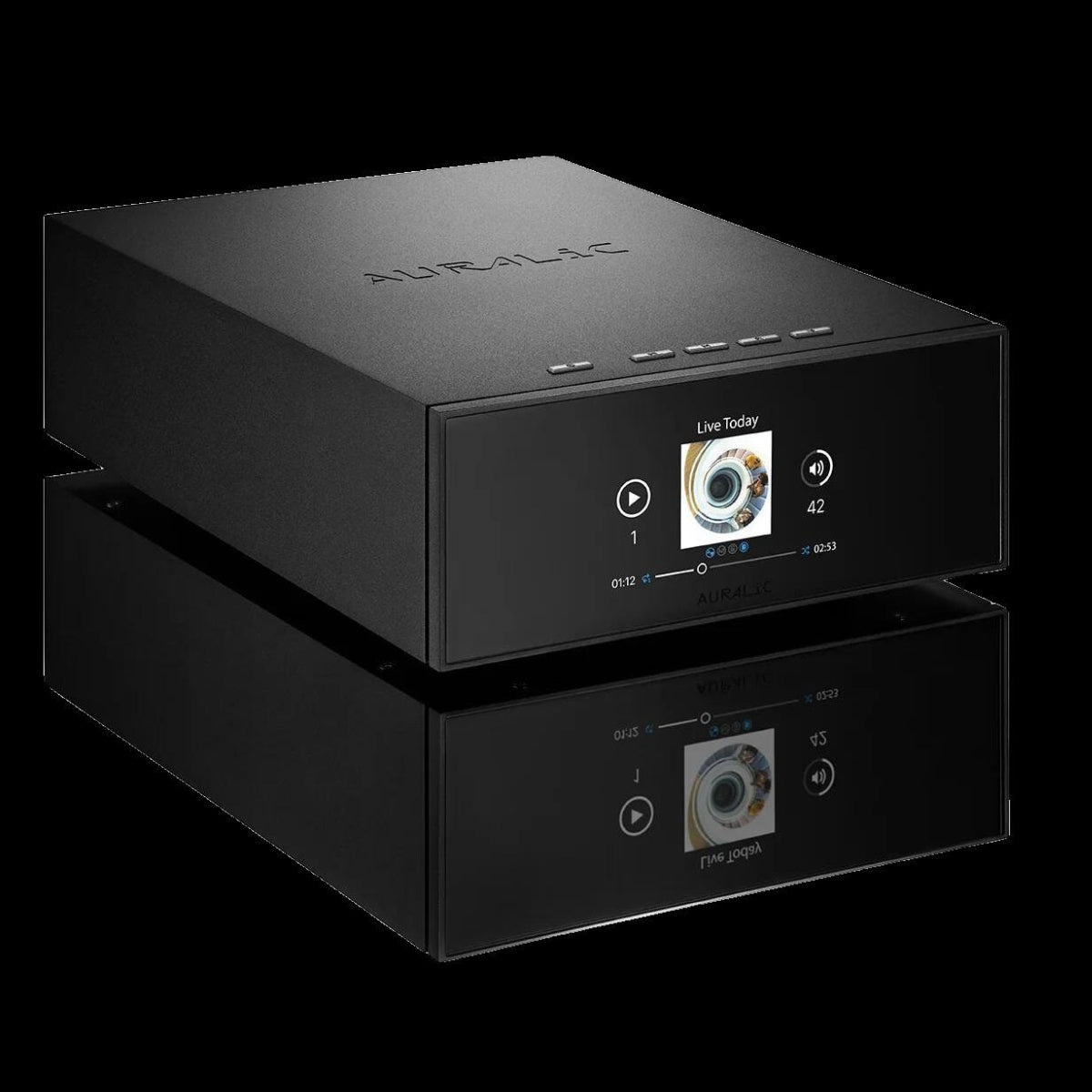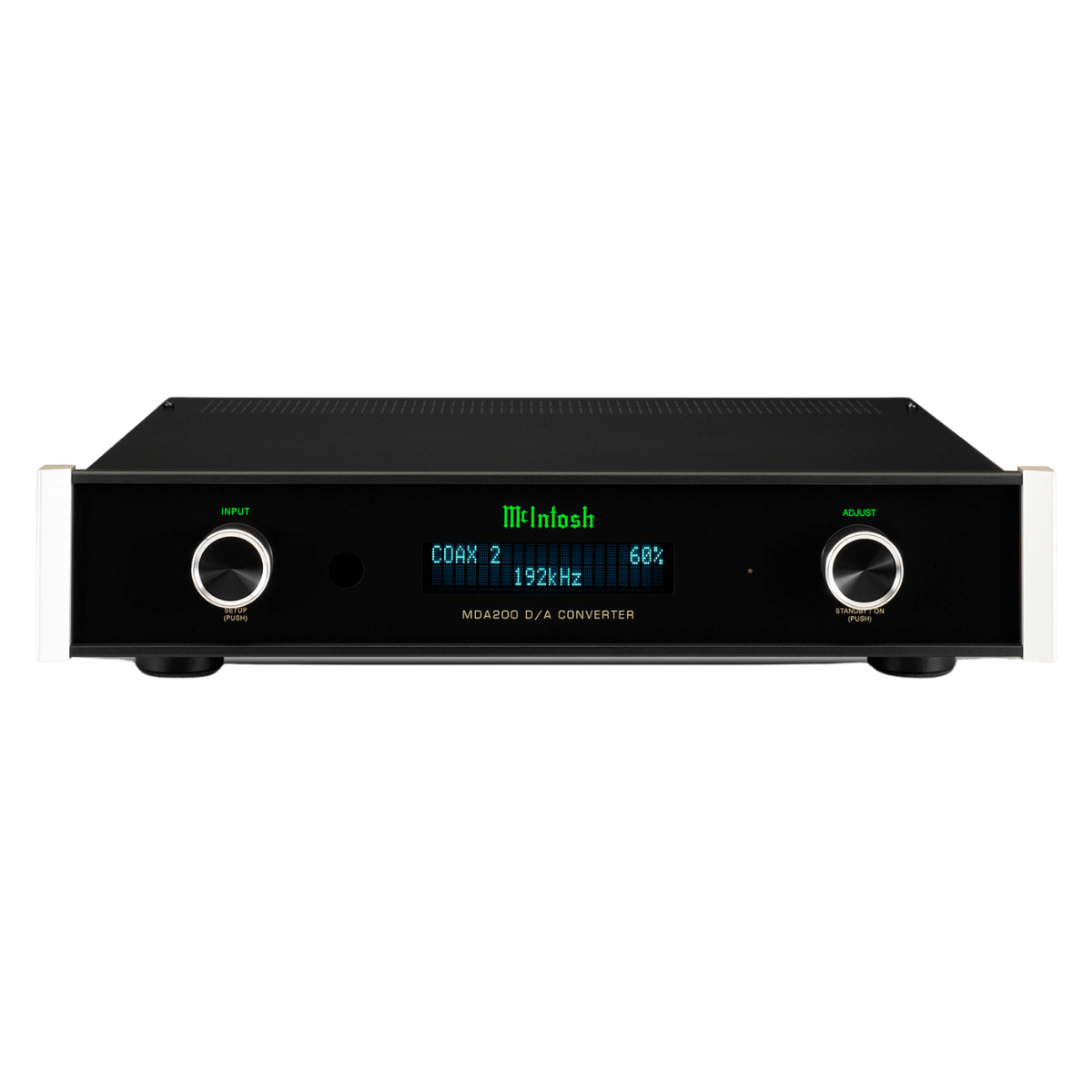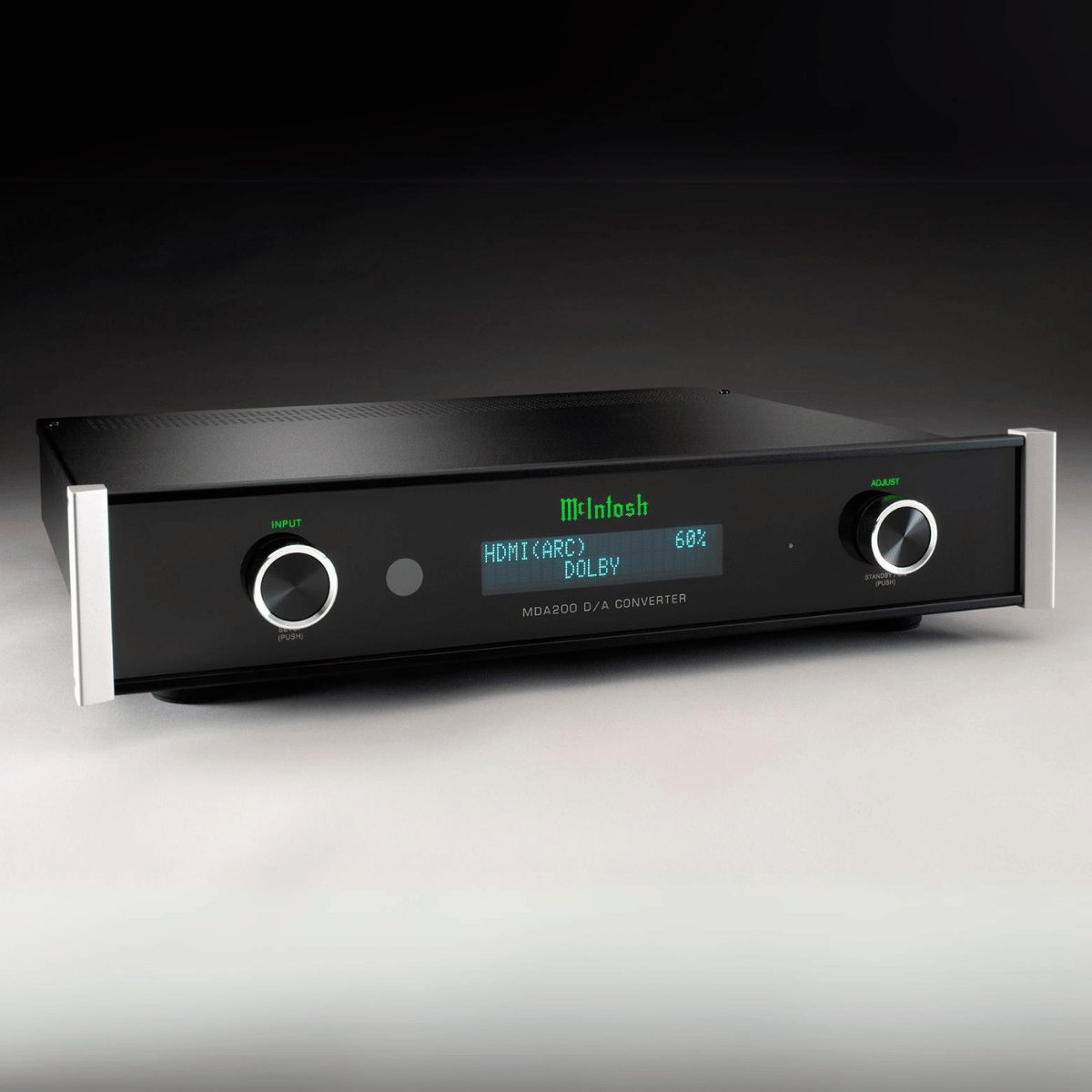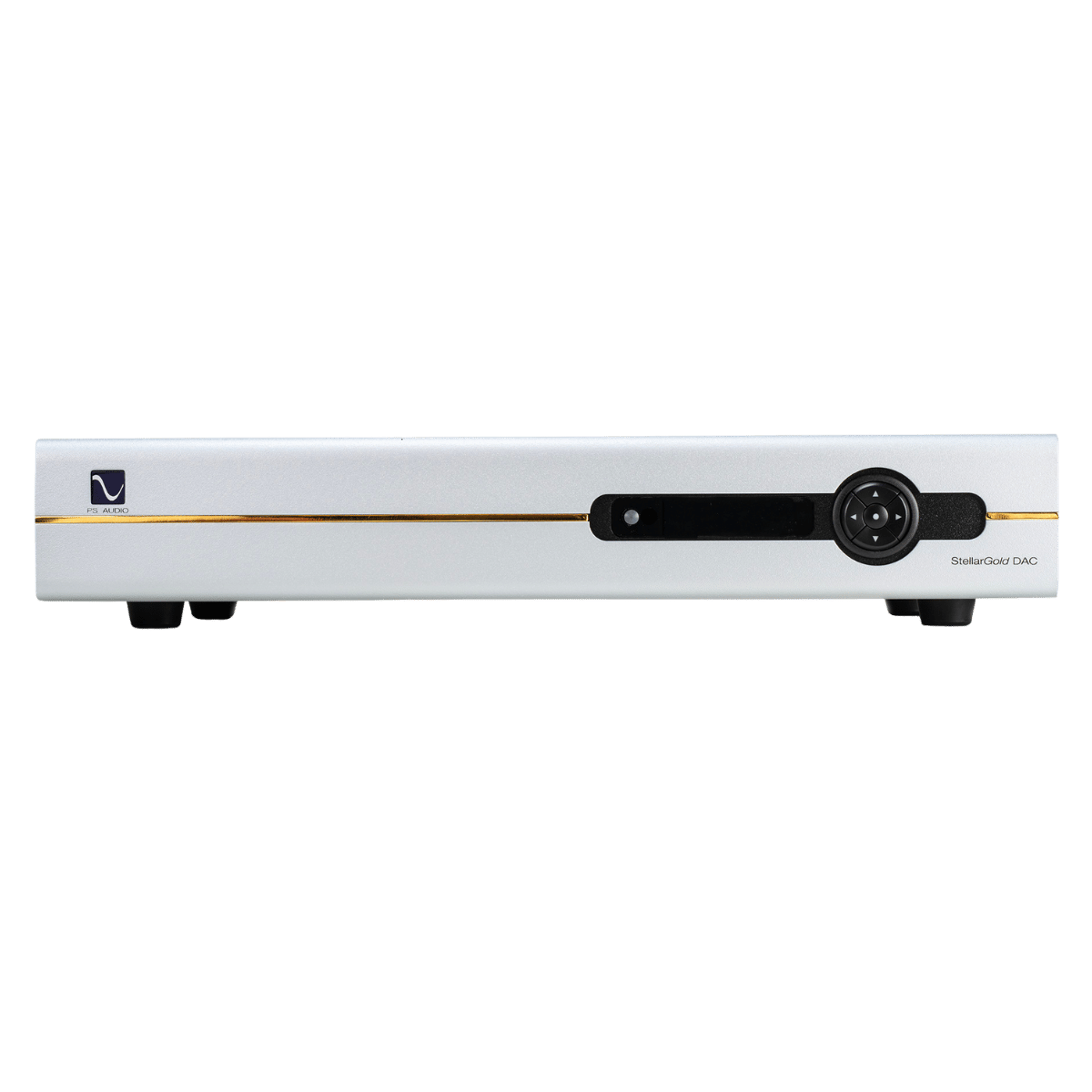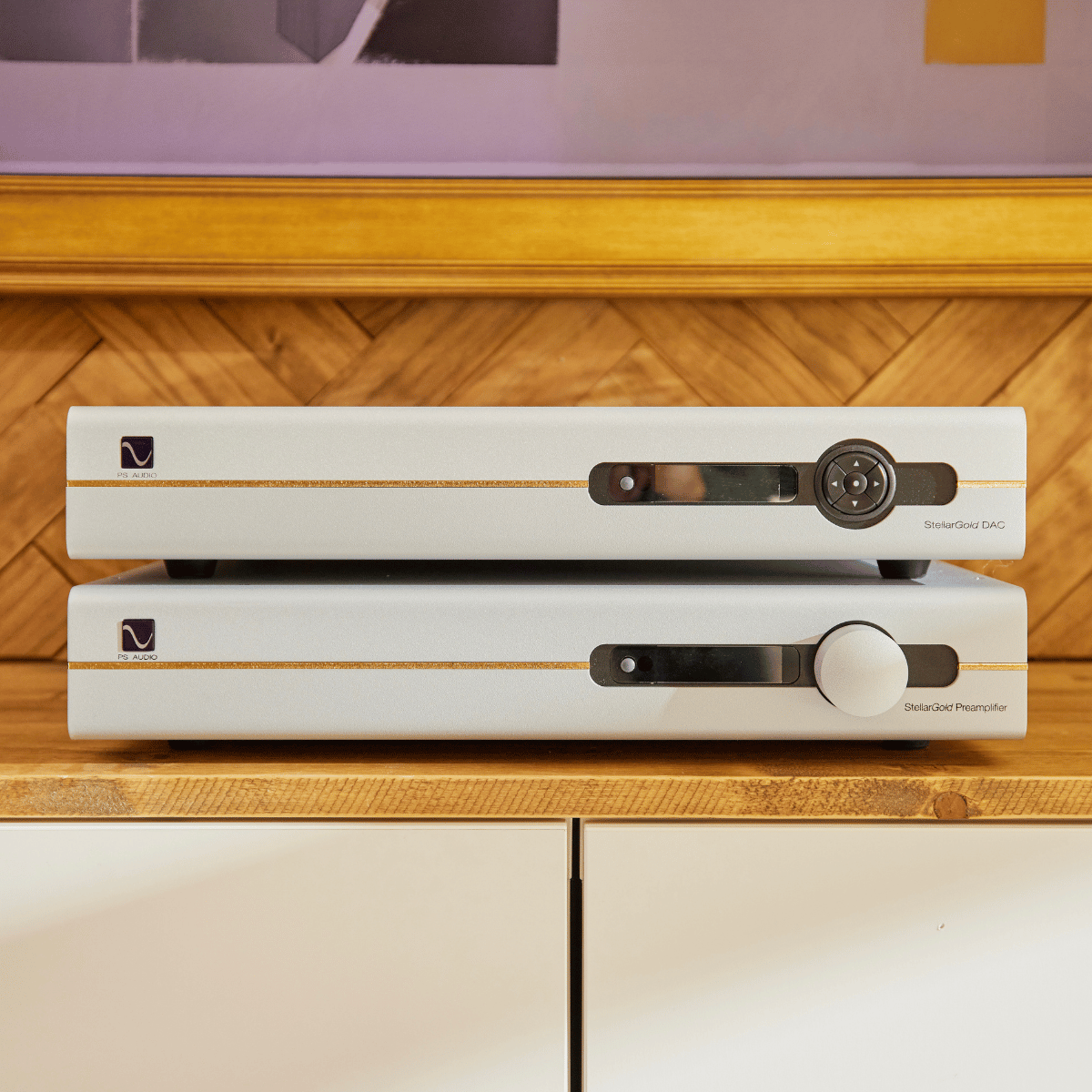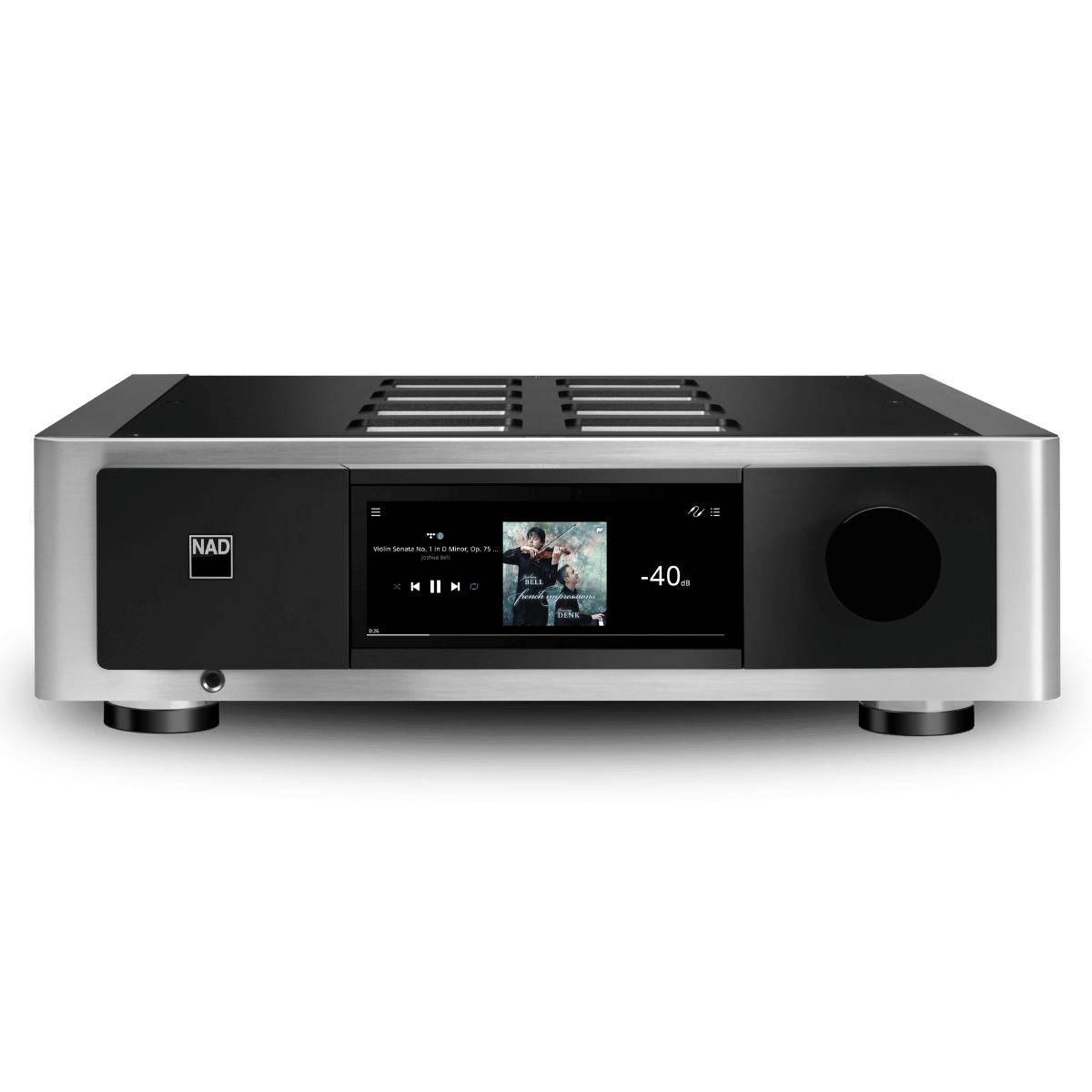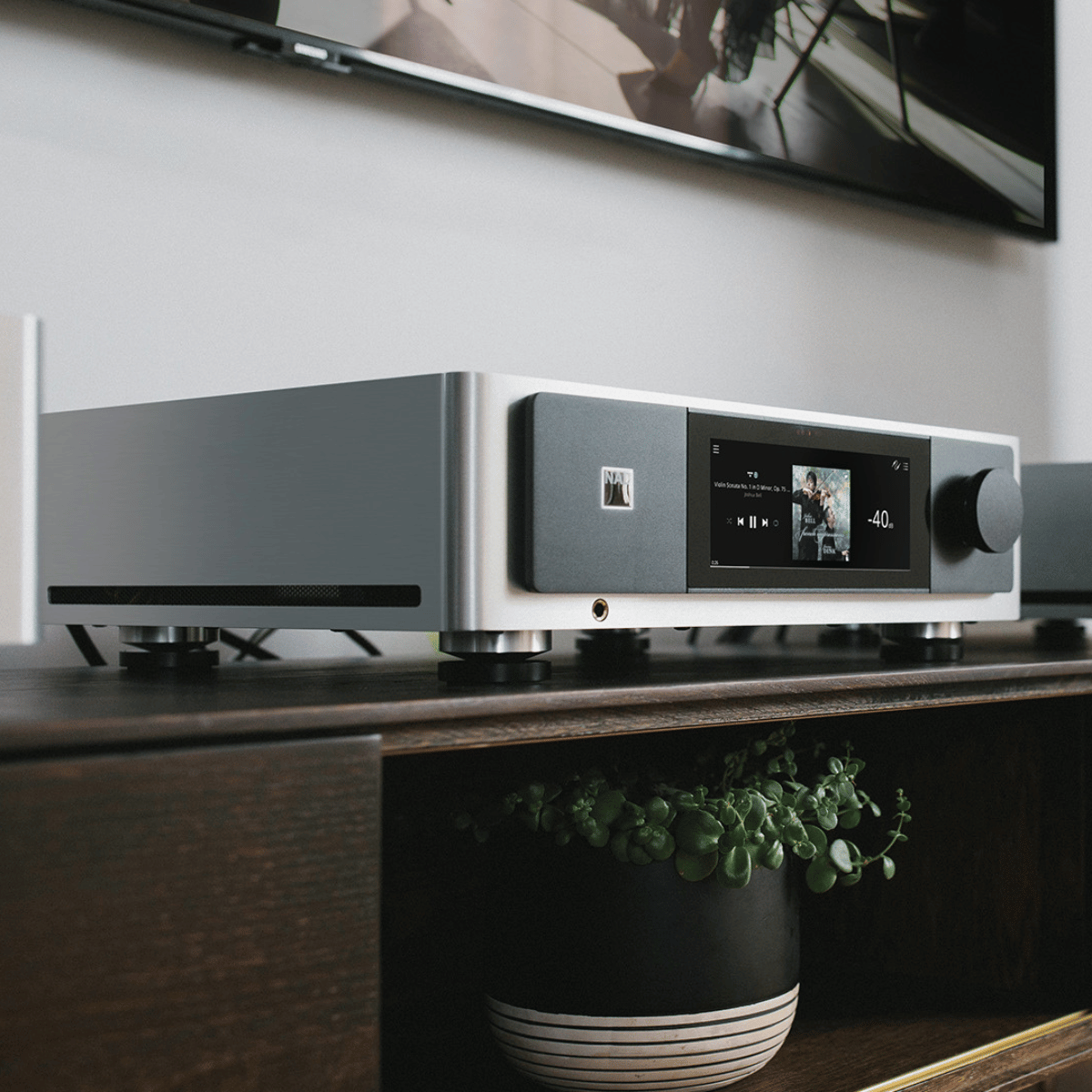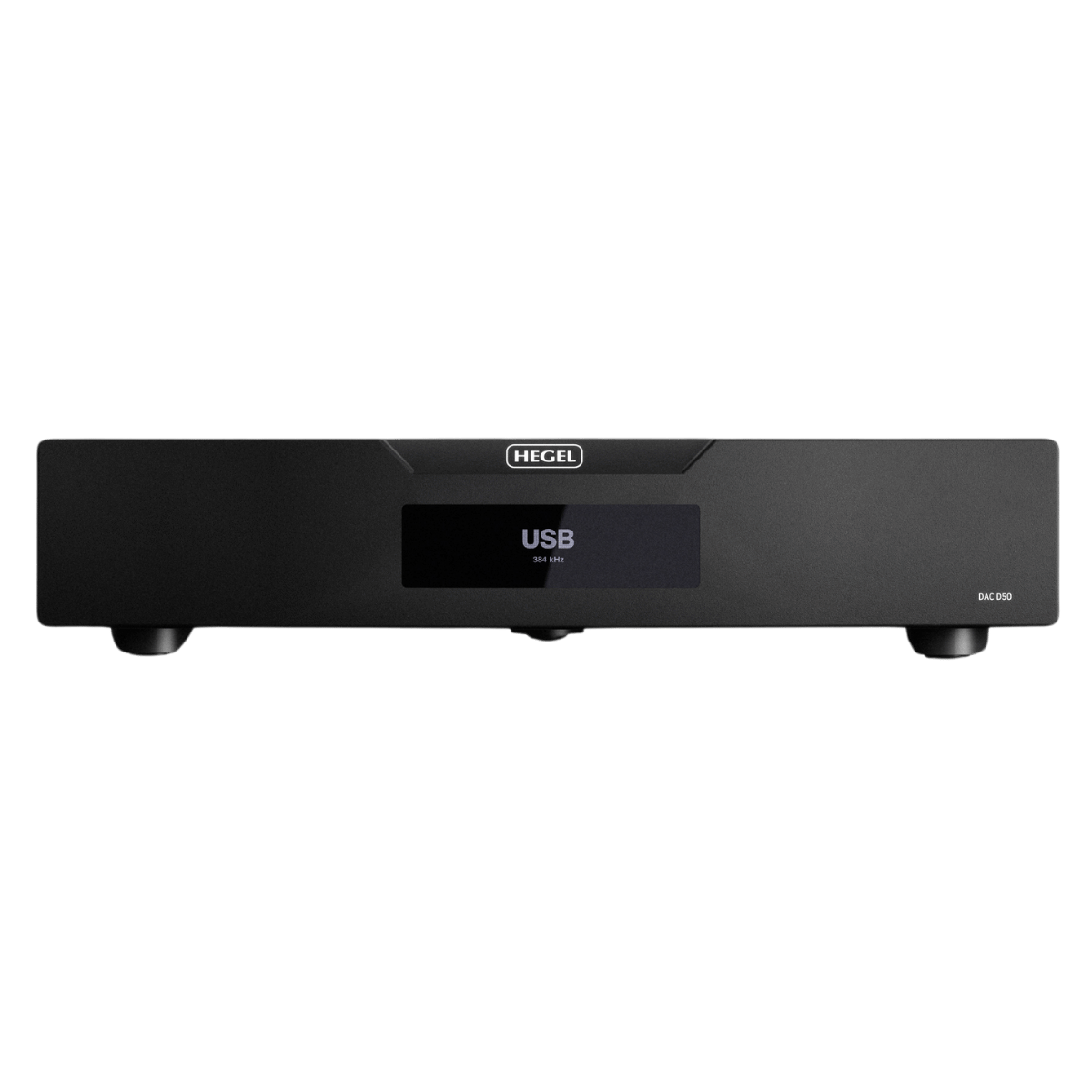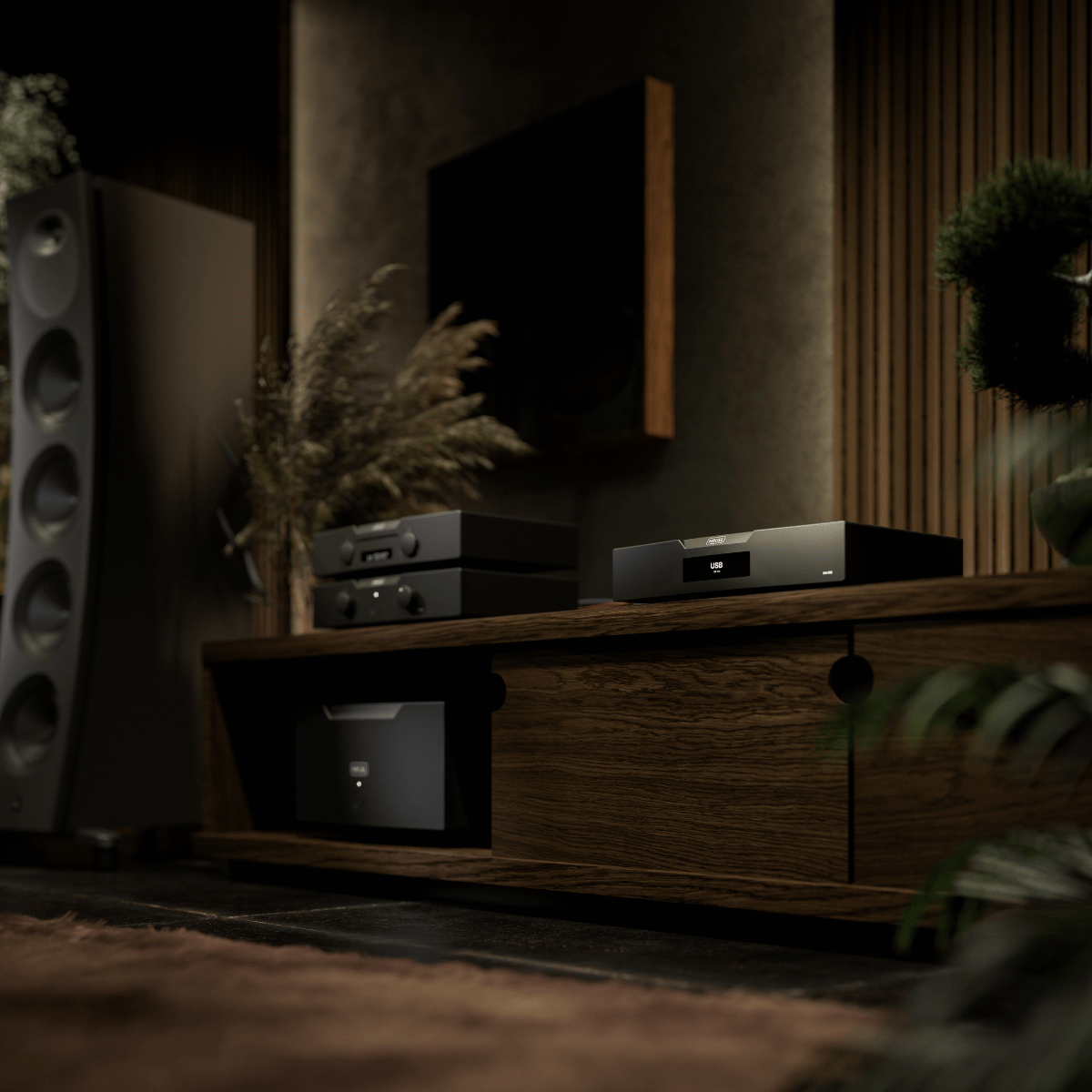
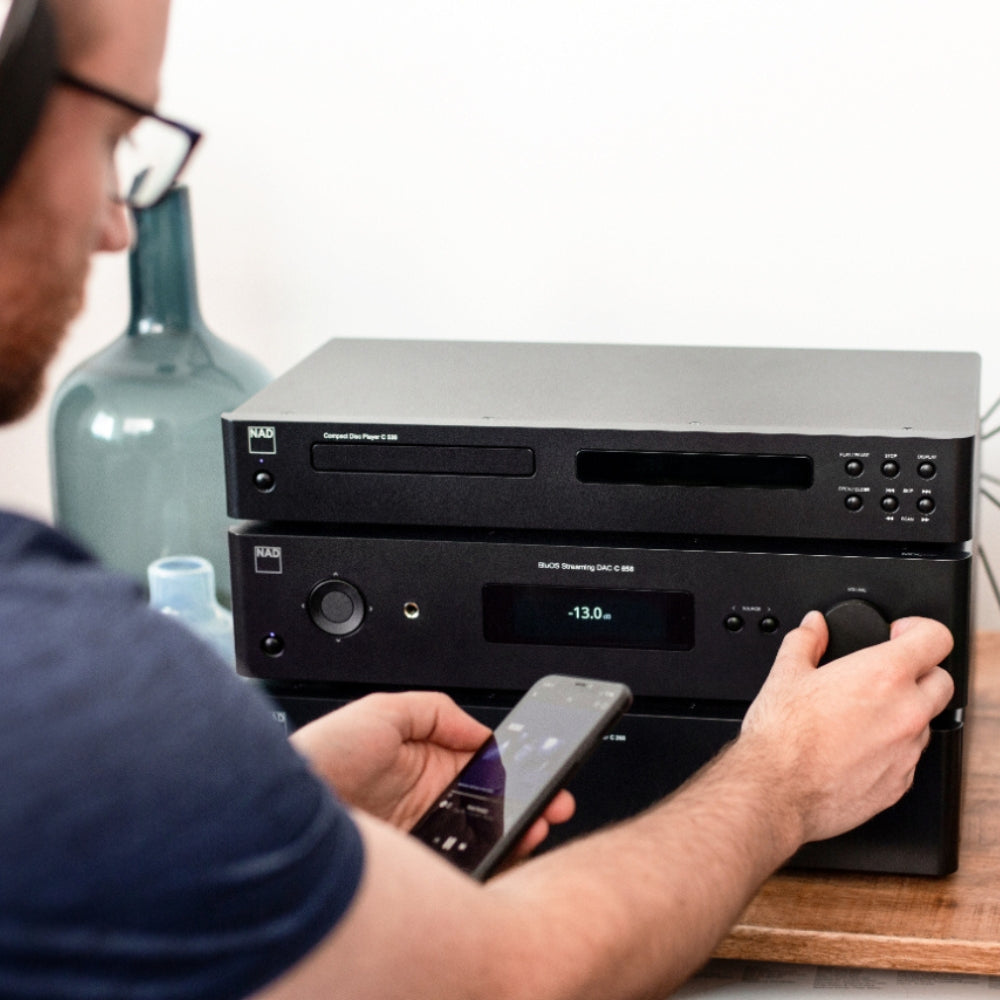
DACs [Digital to Analog Converters]
Filters
14 products
TELL ME MORE ABOUT
DACs [Digital to Analog Converters]
Digital to Analog Converters, commonly known as DACs, play a pivotal role in high-fidelity audio, transforming digital signals into clear, authentic sound. With the rise of... Read More
Digital to Analog Converters, commonly known as DACs, play a pivotal role in high-fidelity audio, transforming digital signals into clear, authentic sound. With the rise of digital audio sources, having a dependable DAC becomes essential to preserve genuine sound quality. Whether you're a seasoned audiophile or just beginning your audio journey, this DAC collection provides a straightforward way to enhance your listening experience.
What is a DAC?
A DAC, or Digital to Analog Converter, translates digital audio signals into analog waveforms suitable for playback through speakers or headphones. As our primary music sources are now digital, from streaming to CDs, a DAC ensures these files are converted into sound our ears can comprehend. The quality of a DAC greatly affects sound output, with superior DACs offering clearer and more detailed audio. While many devices have built-in DACs, standalone units are favoured by audiophiles for optimal sound quality, enhancing the overall listening experience.
If you want to dive a bit deeper and find out more about what a DAC is, check out our article "What is a DAC? Demystifying Digital to Analogue Conversion."
The Different Types of DACs
DACs come in various forms to cater to different audio needs. Standalone DACs are external units that connect to audio systems, offering high-quality conversions. Portable DACs are compact, designed for on-the-go use with mobile devices, enhancing headphone audio. Internal DACs are found inside devices like smartphones, computers, and TVs, handling basic audio tasks. USB DACs plug directly into computers, ideal for upgrading PC audio. Lastly, Multifunction DACs combine features like amplification or streaming, serving as all-in-one audio solutions. Each type has its strengths, tailored to specific listening environments and user preferences.
The Benefits of Using a Separate DAC
A Digital to Analog Converter (DAC) significantly enhances audio quality in several ways. By translating digital signals into analog sound, a DAC provides clearer, more detailed audio, eliminating the harshness or flatness often found in default device outputs. It reduces unwanted noise and interference, ensuring a purer listening experience. For audiophiles and casual listeners alike, a DAC offers a richer soundstage, better instrument separation, and improved dynamics. Whether you're streaming music, watching movies, or playing games, using a DAC elevates the auditory experience, making sounds more lifelike and immersive.
How to Choose the Best DAC for Your Needs
Selecting the right DAC hinges on understanding your audio requirements and the environment in which you'll use it. We'd always recommend that you have a chat with our in-house Hi-Fi experts so that they can help you find what you're after - however, at a glance - here are some factors to consider:
-
Purpose: Determine the primary use. If you're enhancing a home audio system, a standalone DAC might be best. For on-the-go listening, consider a portable DAC.
-
Compatibility: Ensure the DAC supports your devices, whether it's a smartphone, computer, or audio system. Check connection types like USB, optical, or coaxial.
-
Resolution: Higher resolution DACs can decode high-quality audio files better. Look for ones that support at least 24-bit/192kHz.
-
Features: Some DACs come with extra features like built-in amplifiers, Bluetooth connectivity, or streaming capabilities. Decide which features are essential.
-
Budget: DACs range in price from affordable to high-end. Set a budget and find the best within that range, balancing cost with quality.
-
Reviews & Recommendations: Research user reviews and expert opinions. They can provide insights into performance and reliability.
-
Listening Test: If possible, test the DAC before purchasing. The sound quality can be subjective, and personal preferences play a significant role.
By considering these factors and understanding your specific needs, you can select a DAC that elevates your audio experience to new heights.
How to Connect a DAC
Connecting a DAC to your audio system is a straightforward process.
- Identify the Source: Determine whether you're connecting to a computer, smartphone, or music player.
- Choose the Right Cable: Depending on your source, select the appropriate cable - USB, optical, or coaxial.
- Connect to DAC: Plug the chosen cable into the DAC's input.
- Link to Audio Output: Connect the DAC's analog output to your amplifier, receiver, or headphones using either RCA or balanced XLR cables.
- Power Safety: Turn off all devices before making connections to prevent potential damage.
- Power On: Once everything is connected, switch on your devices.
- Select Input Source: On your audio system or DAC, choose the correct input source.
- Test and Listen: Play some audio to ensure everything is working correctly and enjoy the enhanced sound quality.
- Consult the Manual: For any specific nuances or troubleshooting, refer to the DAC's user manual.
Final Thoughts
We hope that helped you figure out a bit more about what kind of DAC might be best for your needs. Browse our range and again, don't hesitate to give us a shout if you have any questions at all.
Some Quick FAQ:
Why do I need a DAC?
You may need a DAC if you want to improve the audio quality of your digital music. Many digital devices, such as smartphones and computers, have built-in DACs, but they may not provide the best audio performance. By connecting an external DAC, you can enhance the audio playback and enjoy a better listening experience.
What is the difference between a DAC and a headphone amplifier?
A DAC converts digital audio signals into analog audio signals, while a headphone amplifier amplifies the analog audio signal to drive headphones. Some devices, like headphone amplifiers, may have both DAC and headphone amplifier functionalities built-in.
Can a DAC improve the audio quality of my CD player?
Yes, a DAC can improve the audio quality of your CD player. By connecting a DAC to your CD player's digital output, you can bypass the internal DAC of the CD player and use the external DAC to convert the digital audio into analog audio, potentially resulting in better audio reproduction.
Can I use a DAC with a Bluetooth device?
Yes, you can use a DAC with a Bluetooth device. Some DACs come with built-in Bluetooth functionality, allowing you to wirelessly stream audio from your Bluetooth-enabled device to the DAC for conversion into analog audio.
NEED MORE GUIDANCE?
We are here to help
Check out some of our most commonly asked questions.
What do I need to play records?
Getting into vinyl? That’s awesome! We have some curated turntable Hi-Fi packs, with everything you'll need to get spinning right away. But if you want to build your own, read on for all the details.
First off, you'll need a turntable. It's the star of the show, so make sure it’s in good nick, with a decent cartridge and stylus (needle).
Next, there’s the phono preamp. Some turntables or amplifiers come with one built-in, but if yours doesn’t, you’ll need one as a bridge between your turntable and amplifier or powered speakers.
For the sound output, you’ve got two options. You can go with a traditional setup involving an integrated amplifier to take the signal from your phono preamp and power your passive speakers. Alternatively, you can opt for powered speakers, which have the amplifier built in – a handy all-in-one solution.
Speaking of speakers, good ones are a must for that rich, warm vinyl sound we all love. Whether you go for bookshelf or floorstanding speakers (or powered ones) depends on your space and budget.
And there you go! With these essentials, you’ll be ready to dive into your vinyl collection and enjoy that classic sound.
What can a wireless speaker do?
Wireless speakers are a game-changer for how you enjoy music and audio around the house. First off, they let you stream music wirelessly from your phone, tablet, or computer, so no more messing about with cables. You can easily play tunes from Spotify, Apple Music, Tidal or whatever streaming service you fancy.
If you’re into having music everywhere, many wireless speakers offer multi-room audio. You can sync them up to play the same music in every room or control what plays in each room individually, perfect for parties or just keeping the vibes consistent throughout your home.
Voice control is another brilliant feature. Many come with built-in assistants like Alexa, Google Assistant, or Siri. You can control your music with just your voice, ask for the weather, set reminders, or even control other smart home devices.
Sound quality? These little gadgets often pack a punch, delivering high-quality audio that can rival traditional wired setups. Some even offer 360-degree sound, filling the room with music from every angle.
In a nutshell, wireless speakers bring flexibility, convenience, and top-notch sound to your audio experience, making them a fantastic addition to any home. Whether you’re hosting a party, working from home, or just chilling out, they make listening to music a breeze.
How do you choose the right speaker & amplifier combination?
Deciding on a good speaker and amplifier combination is like putting together a perfect wine and cheese pairing—it’s all about balance and harmony. Here’s a conversational guide to help you through it:
First, consider your speakers. These are your main players, so you want to choose ones that fit your space and listening preferences. If you love deep bass and have a bit of room, floorstanding speakers might be your go-to. For smaller spaces or a more subtle look, bookshelf speakers are fantastic.
Now, onto the amplifier. This is where things get interesting. Your amp needs to match your speakers in terms of power and impedance. Check the wattage ratings on your speakers—your amplifier should provide enough power to drive them properly. Too little power and you’ll be missing out on sound quality; too much, and you risk damaging your speakers.
Next, think about the impedance (measured in ohms). Your amp and speakers should be compatible here too. Most speakers are rated at 8 ohms, but some can be 4 or 6. Make sure your amplifier can handle the impedance of your speakers to avoid any performance issues.
Another important factor is the type of sound you’re after. Some amps are known for their warm, rich tones, while others might be more neutral or even slightly bright. It’s a bit like choosing between a vinyl record and a digital stream or CD —each has its own charm. If possible, listen to different amp and speaker combinations to see what sounds best to your ears.
If purchasing online, note that at LE, we have made recommendations on speaker & amplifier combinations that we think sound wonderful together within each product listing.
Don’t forget about connectivity and features. Modern amplifiers often come with a host of options like Bluetooth, Wi-Fi streaming, and various inputs for all your devices. Make sure your amp has the inputs you need for your turntable, CD player, or streaming device.
Finally, consider your budget. Great sound doesn’t always mean breaking the bank, but be prepared to invest to get a quality setup that will last.
In the end, trust your ears. Listen to a few combinations if you can, and go with what makes your music sound the best to you.
Why do I need a headphone amplifier?
If you’re diving into the world of high-quality audio, a headphone amplifier can be a real game-changer. Think of it like this: most standard devices, like your smartphone or laptop, just don’t have the oomph needed to drive headphones properly. They might get the job done, but they won’t do your music justice. A headphone amp gives your headphones the power they need, ensuring you get the volume and clarity that really makes your music shine.
It’s not just about making things louder, either. A good headphone amp can significantly improve sound quality. You’ll get clearer highs, richer mids, and tighter bass, making your favourite tracks sound even better. You might notice details you’ve never heard before, especially if you’re listening to high-resolution audio files.
Premium headphones often have higher impedance, meaning they require more power than your typical audio source can provide. A headphone amp can handle this with ease, making sure your headphones perform at their absolute best. Plus, many amps come with extra features like bass boost, equalisation, and gain control, giving you more ways to tweak the sound to your liking.
In short, if you’re passionate about your music and want to hear it in the best possible way, a headphone amplifier is definitely worth considering. It’s all about unlocking the full potential of your gear and really getting the most out of your listening experience.
Where should I start when designing a home cinema?
Designing your own home cinema? That's awesome! We are here to help walk you through the process, but as a starting point, here’s what we would recommend and where to kick things off:
First up, pick your spot. For most people this is your existing lounge room, but if you have an underused garage, or spare bedroom, then you have an opportunity to create your very own true Home Cinema experience. Find a room that’s just right—not too cramped and ideally away from noisy areas. This sets the stage for that immersive movie experience.
Next, think about how you’ll set things up. Plan where your seats will go and where to place your projector screen for the best view from every angle. It’s all about creating that comfy, cinematic vibe.
Sound matters, too. Consider if you want a wireless system for simplicity or a full surround sound speaker system with AV receiver for that surround-sound thrill. Think about soundproofing or adding acoustic panels or thick carpets to really amp up the audio quality of the room.
Now, onto the screen. Decide between a crisp TV or a projector setup, depending on your room size and personal style. Maybe even throw in some dimmable lights or smart lighting to set the mood just right.
And hey, don’t forget comfort. Invest in plush cinema seating and think about the décor—whether it’s movie posters, blackout curtains, or popcorn machine & bar area, whatever gives you that true cinema feel.
Lastly, tech it up! Make sure everything—from your Blu-Ray player & Apple TV to your gaming consoles—is set to sync perfectly with your new setup.
With these steps, you’re on your way to creating a home cinema that’s not just a space, but an experience. Enjoy movie nights like never before!

